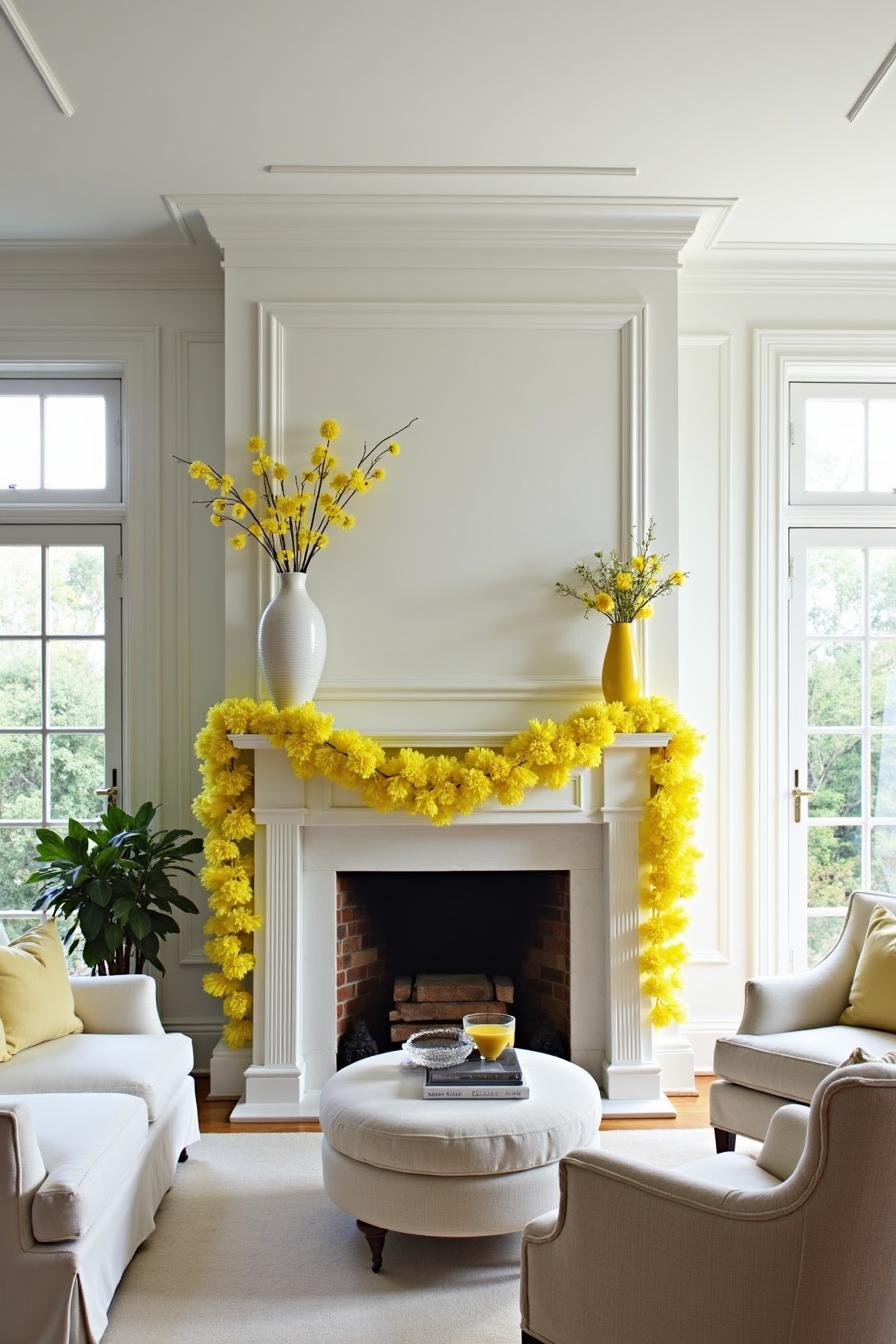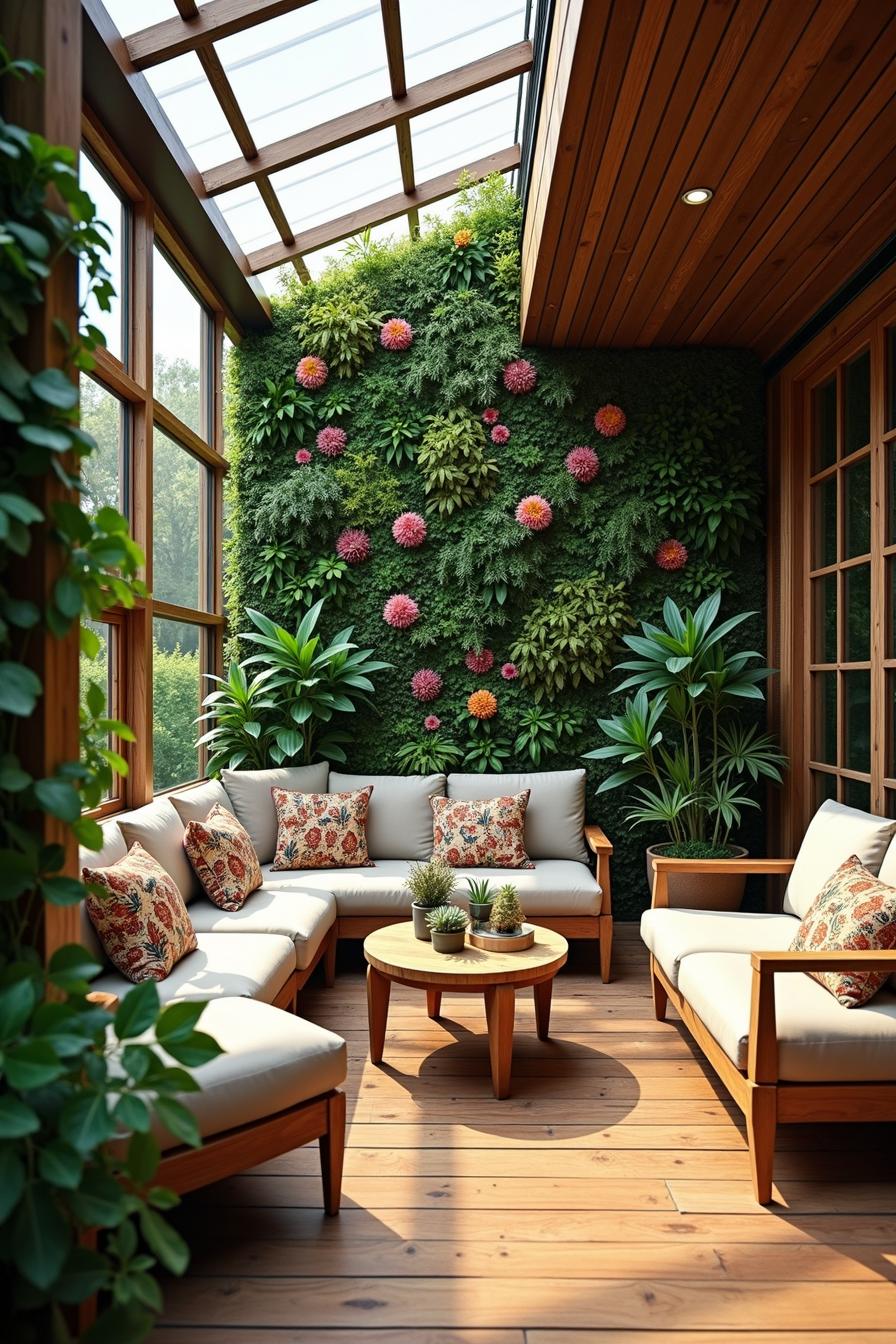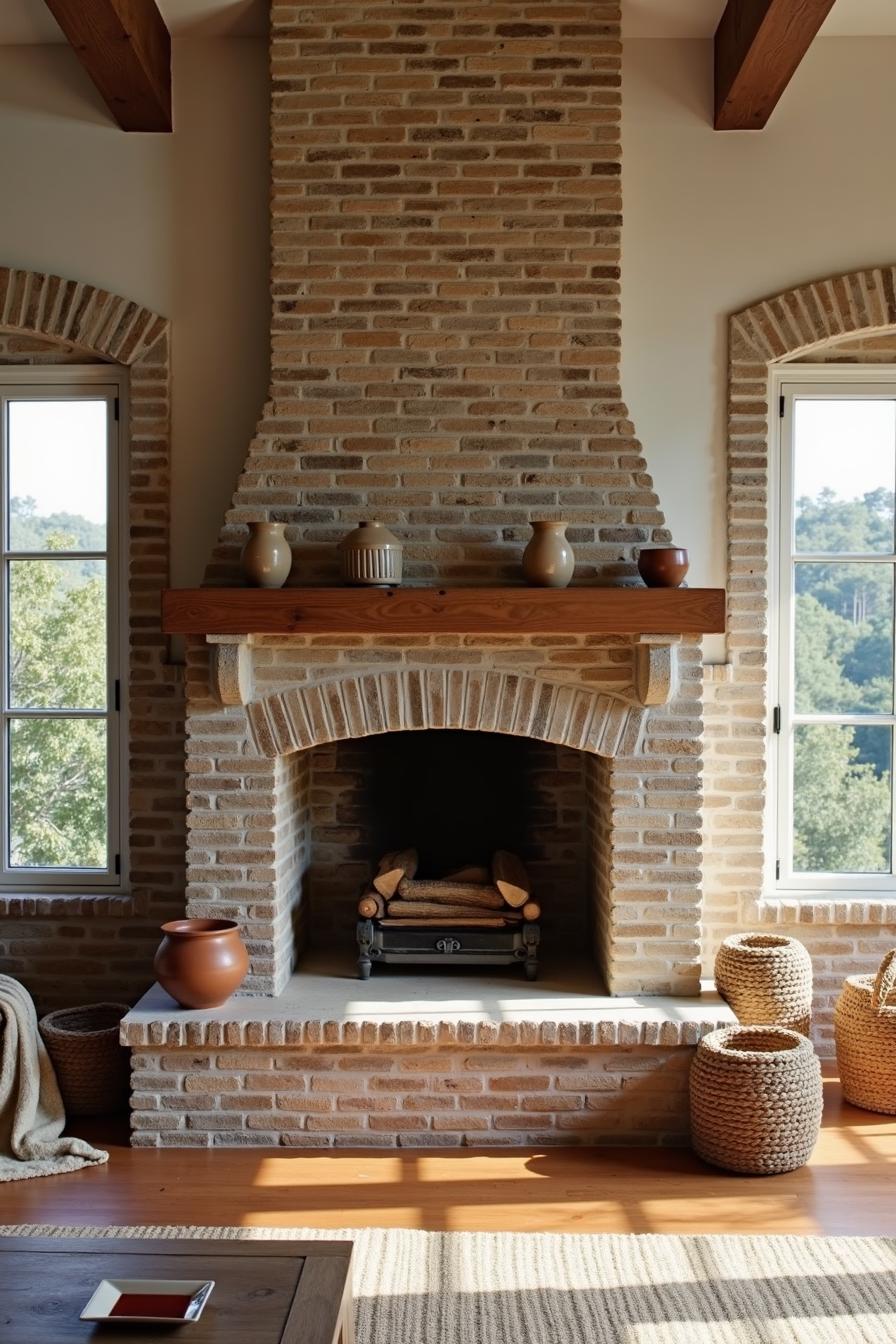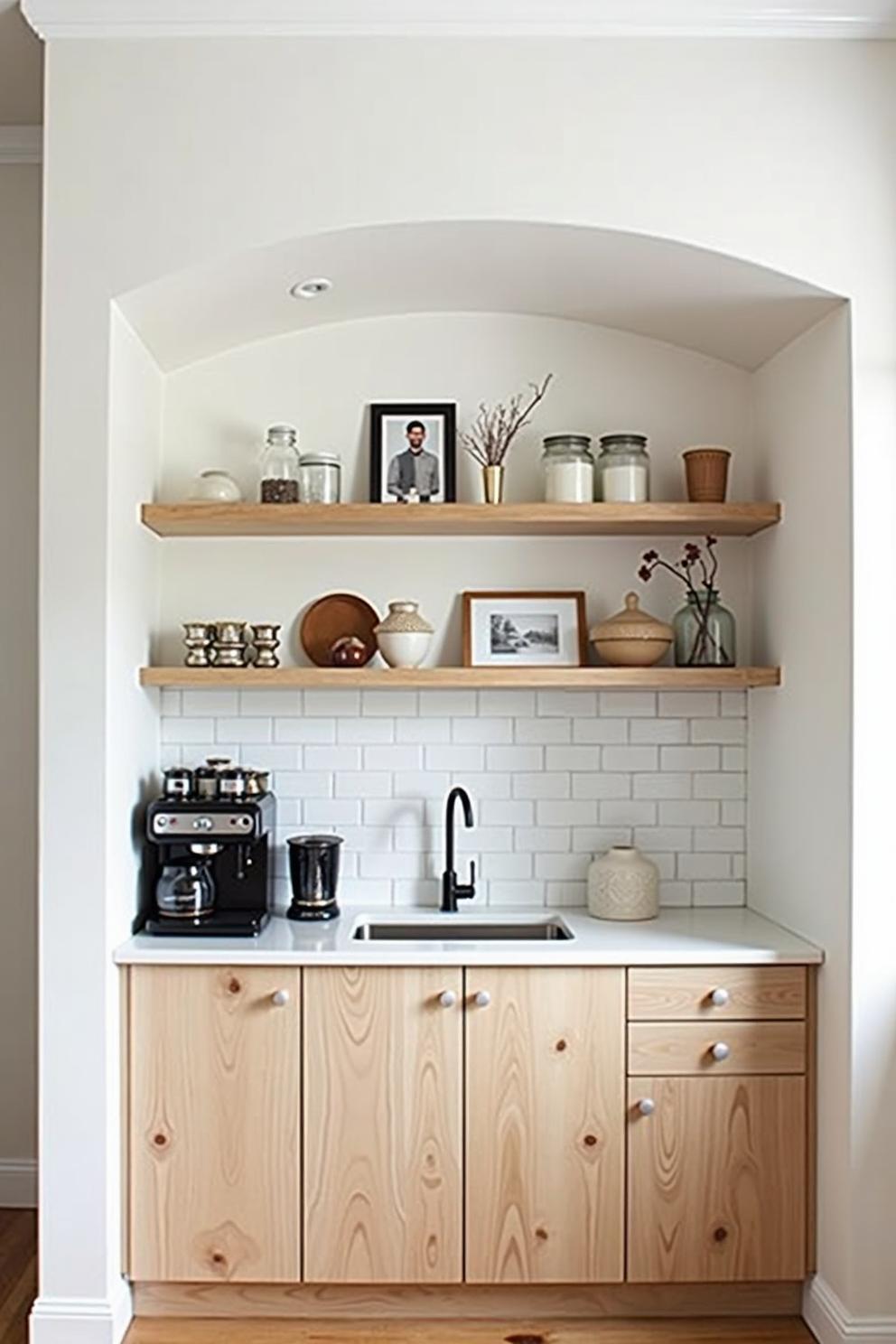Last updated on
Exploring the work of top home decorators can reshape your perspective on interior design because they bring forth fresh, cost-effective ideas you might never have considered.
This article includes my original designs. Some of them may be exaggerated to make a point — that’s my style. Enjoy them for your inspiration!
Dive into the world of affordable, awe-inspiring home decor where creativity knows no bounds.
With the sea of well-known ideas prevalent on the internet, our article comprises not only a compilation of excellent existing ideas (each with a resource for further exploration), but also a burst of unique, unconventional thoughts.
Our aim? To refresh your perspective, surprise you with innovative decorating strategies, and provide a myriad of fresh, affordable decor concepts.
Ready to redefine your decorating horizons? Let the journey begin!
Key takeaways:
- Heritage Homes: Preserve history, integrate modern comforts.
- Urban Living: Maximize small spaces with clever design.
- The Art of Minimalism: Simplicity, functionality, quality.
- Zen Living: Create harmony with natural elements, clean lines.
- Old Meets New: Blend vintage and modern with balance.
Heritage Homes: Preserving History With Interior Design
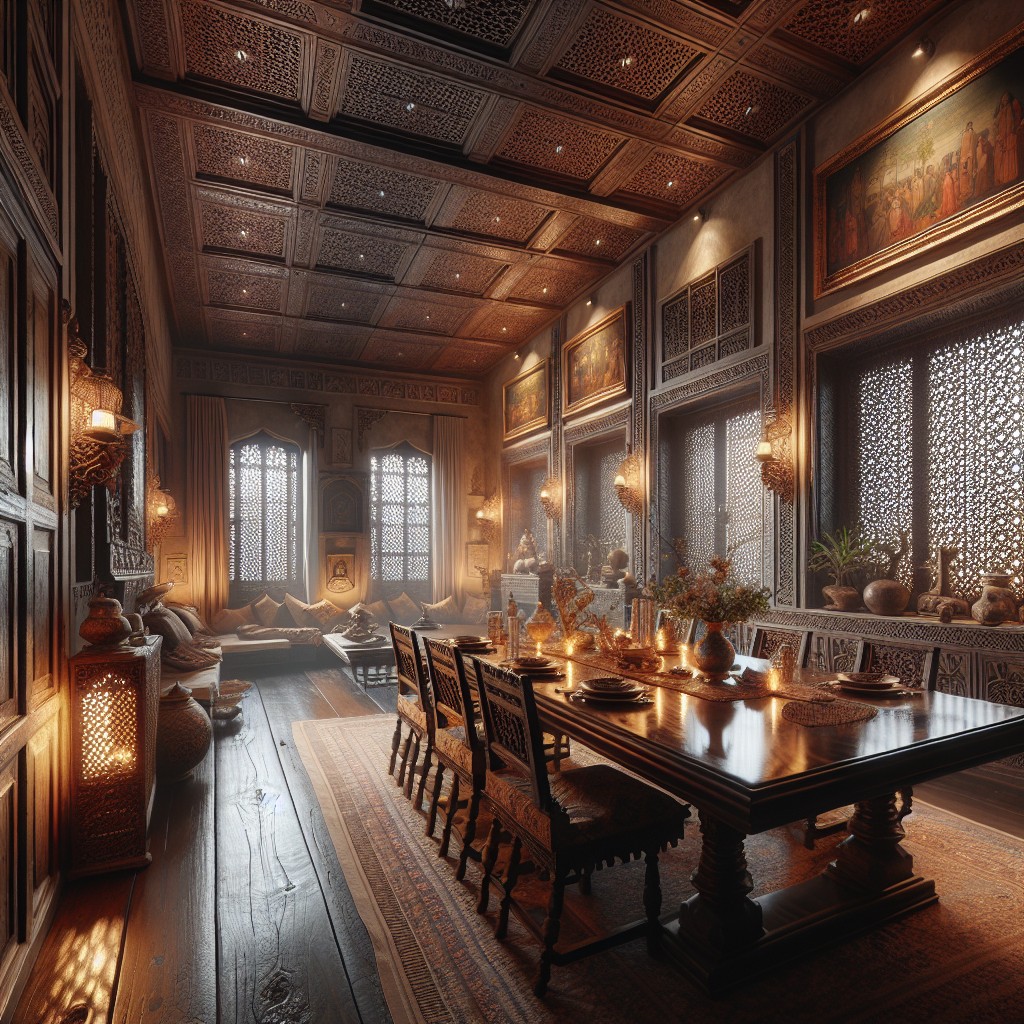
When tackling heritage homes, maintaining the historical integrity while infusing your personal style is key.
Here are practical tips to preserve the essence of a heritage space:
- Research the era: Dig into the home’s history to make informed decisions about restorative design elements.
- Respect original features: Highlight architectural details such as crown moldings, hardwood floors, and fireplaces.
- Use period-appropriate color schemes: Choose paints and finishes that reflect the time period of the home.
- Source authentic materials: Find reclaimed wood, vintage tiles, or repurposed fixtures to maintain authenticity.
- Modern integration: Add contemporary comforts subtly without overshadowing the home’s traditional charm.
- Light fixtures: Opt for lighting that complements the period of the home while providing modern efficiency.
- Window treatments: Dress windows in a way that honors the home’s age while considering privacy and light control.
- Collaborate with specialists: Work with craftsmen and restorers who have expertise in historical homes.
By balancing preservation with present-day living, a heritage home’s decor can honor its past while embracing its future functionality.
Urban Living: Maximizing Small Spaces With Clever Design

In the heart of the city, every square inch counts. Smart furniture choices, such as multifunctional pieces and built-ins, are key to utilizing space effectively. Wall-mounted desks or tables that fold away can transform a living area into a workspace in moments.
Vertical storage solutions keep floor space open while housing essentials. Consider tall shelving units, hanging bike racks, and ceiling-mounted storage to free up precious square footage.
Mirrors strategically placed can make a room seem larger and more open. They reflect light and views, amplifying the sense of space.
Light colors and cohesive color schemes create an uncluttered, airy feeling. Opt for lighter hues for walls, furnishings, and textiles to enhance the illusion of more space.
Finally, decluttering is essential – it’s not just about storage, but also about minimizing possessions to match the scale of the living space. Regularly assess and edit down belongings to ensure a comfortable, spacious-feeling home.
The Art of Minimalism: Top Designers Who Do More With Less
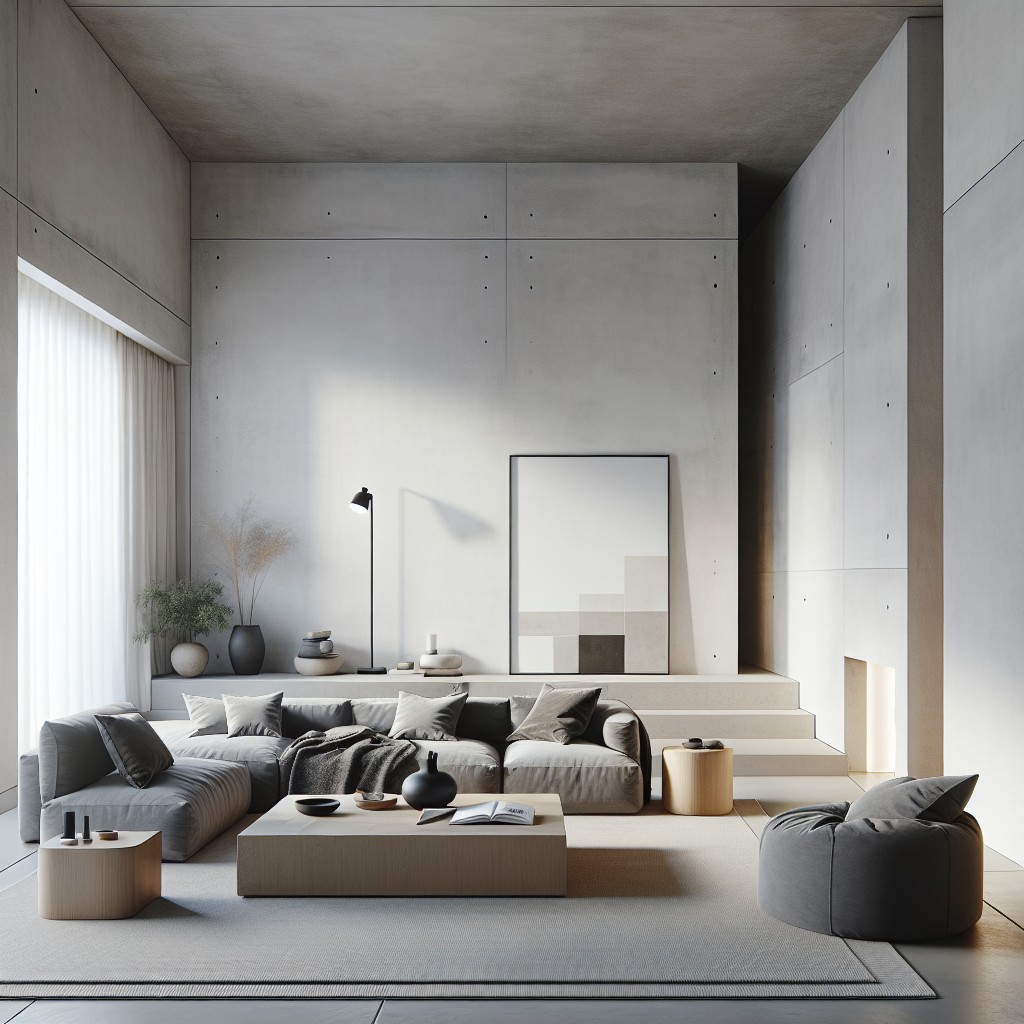
Minimalism in home design isn’t just about having fewer items; it’s about emphasizing the essential aspects of living. Renowned minimalists like John Pawson and Tadao Ando focus on purity of form and a serene aesthetic. They use clean lines and monochrome color palettes to create spaces that are peaceful and functional.
Key concepts to understand the minimalist approach include:
- Simplicity: This style stands for clutter-free spaces. Everything in a room should have a purpose and a place, reducing noise and distractions.
- Functionality: Objects are not just decorative; they serve a clear function. Furniture is often multipurpose to eliminate the need for excess items.
- Quality over Quantity: Choosing a few high-quality pieces rather than many lower-quality items is a hallmark of minimalist design.
- Negative Space: Emptiness is as much a design element as objects and furniture. It highlights the items present and provides breathing room.
- Monochromatic Color Schemes: Minimalist designers like Vincent Van Duysen use a limited color palette to create a cohesive and calming ambiance.
These guiding principles help create tranquil environments that reflect the minimalist ethos: less is indeed more.
Zen Living: Eastern-inspired Home Design
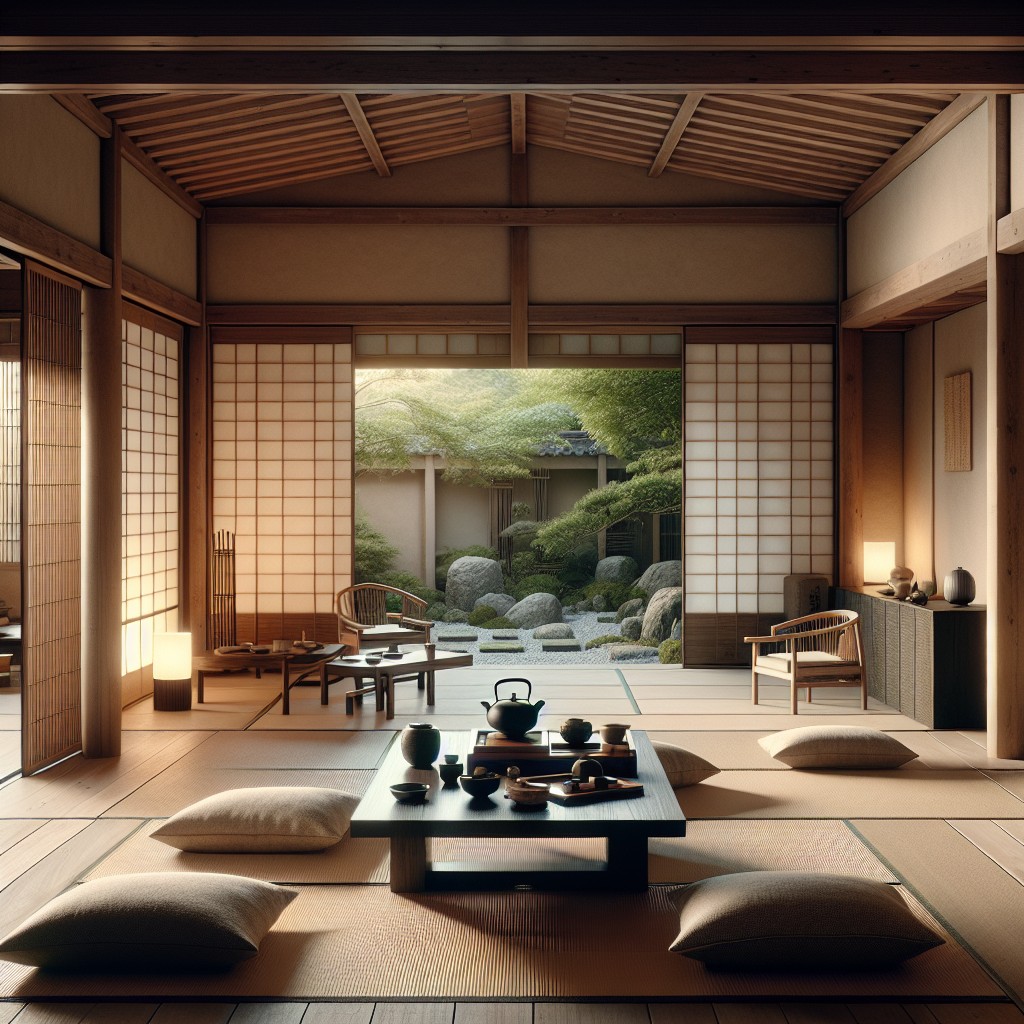
Embrace simplicity and tranquility by incorporating natural elements that create harmony and balance. Light, airy spaces are essential, often achieved through neutral color palettes and decluttered environments.
Furniture with clean lines and low profiles promotes a sense of calm and groundedness. Natural fibers in rugs and window treatments, such as linen or bamboo, enhance the connection to nature.
Water features or indoor plants can introduce a soothing, organic presence, while subtle uses of incense or essential oils add an olfactory dimension to the serene atmosphere.
Sliding doors or screens can provide flexible, open spaces that also respect the need for privacy and quietness. Remember, the key is to create a retreat from the outside world that nurtures peace and mindfulness.
Old Meets New: Blending Vintage With Modern By Top Designers

Achieving the timeless appeal of a mixed-era aesthetic relies on a few key strategies employed by leading designers:
- Balance is crucial; too much vintage can feel dated, while an overabundance of modern may seem stark. Aim for a harmonious distribution of elements from each era.
- Use color to unify the space. Select a consistent palette that enhances both vintage and modern pieces, allowing them to coexist seamlessly.
- Incorporate vintage pieces with a story or unique character as focal points, then support them with contemporary accents to highlight their charm.
- Select modern furnishings with clean lines to complement more ornate vintage pieces without competing for attention.
- Mix materials and textures. Combine aged wood or patina metals with sleek glass and polished finishes to create tactile interest.
- Adapt vintage pieces for modern use, such as converting an old trunk into a coffee table, offering functionality along with aesthetic appeal.
By thoughtfully curating and placing each item, the contrast between vintage warmth and modern simplicity can create a cohesive, inviting space.
The Green Movement: Eco-friendly Home Designers
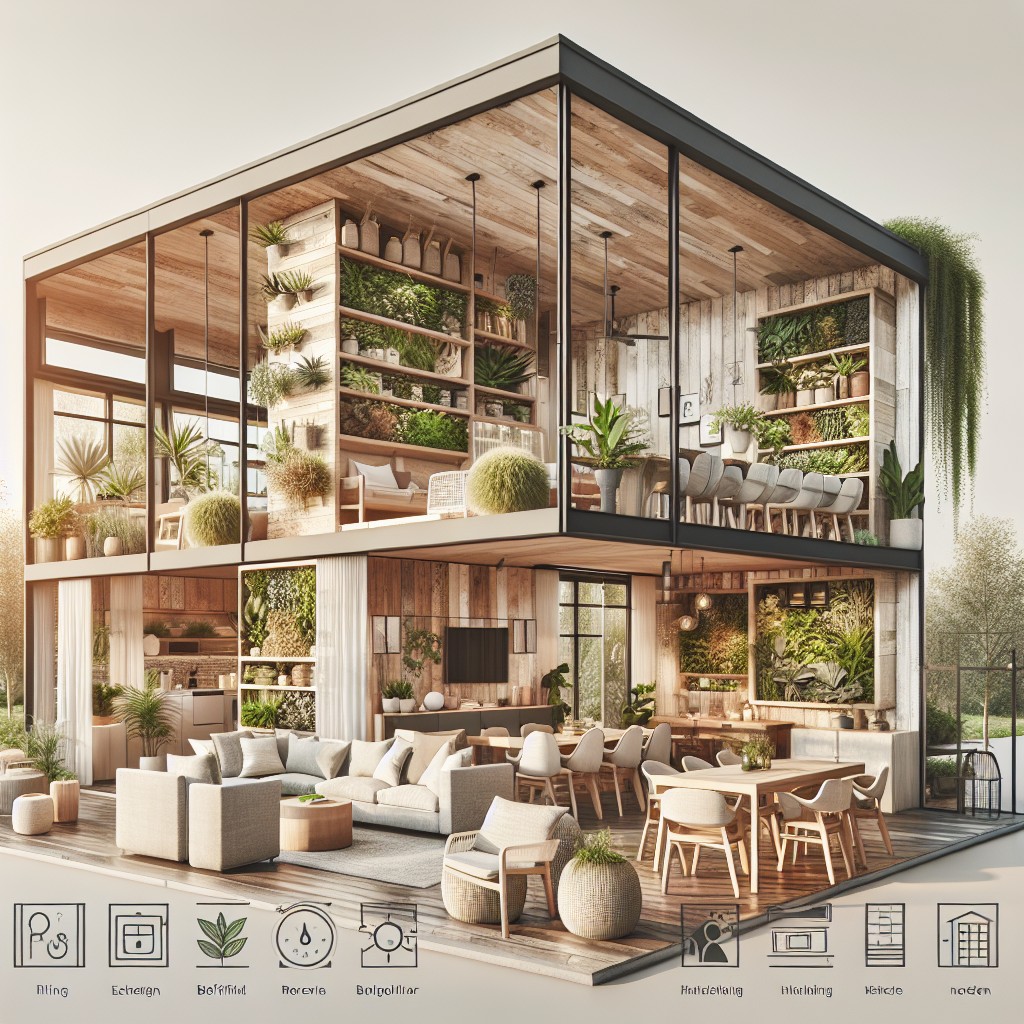
Eco-friendly home designers prioritize sustainability in their projects, focusing on minimizing environmental impact while creating beautiful, functional living spaces. They often employ materials that are recycled, reclaimed, or sourced from sustainable producers. Design choices may include utilizing low VOC (volatile organic compounds) paints and finishes, which promote better indoor air quality, and incorporating energy-efficient lighting and appliances to reduce a home’s carbon footprint.
Incorporating natural elements into the design not only adds aesthetic value but also contributes to a healthier environment. Live plants are a staple in green design, purifying the air and adding a touch of nature indoors. Designers also emphasize natural light by strategically placing windows and skylights to reduce the reliance on artificial lighting during the day.
Water conservation is another key aspect of the green movement. Designers advocate for fixtures such as low-flow toilets and showerheads, along with drought-resistant landscaping in outdoor areas, to help conserve this vital resource.
These designers not only create spaces that are environmentally conscious, but they also educate clients on the benefits of maintaining an eco-friendly lifestyle, demonstrating that stylish design can go hand-in-hand with environmental responsibility.
Interior Designing for Children’s Rooms
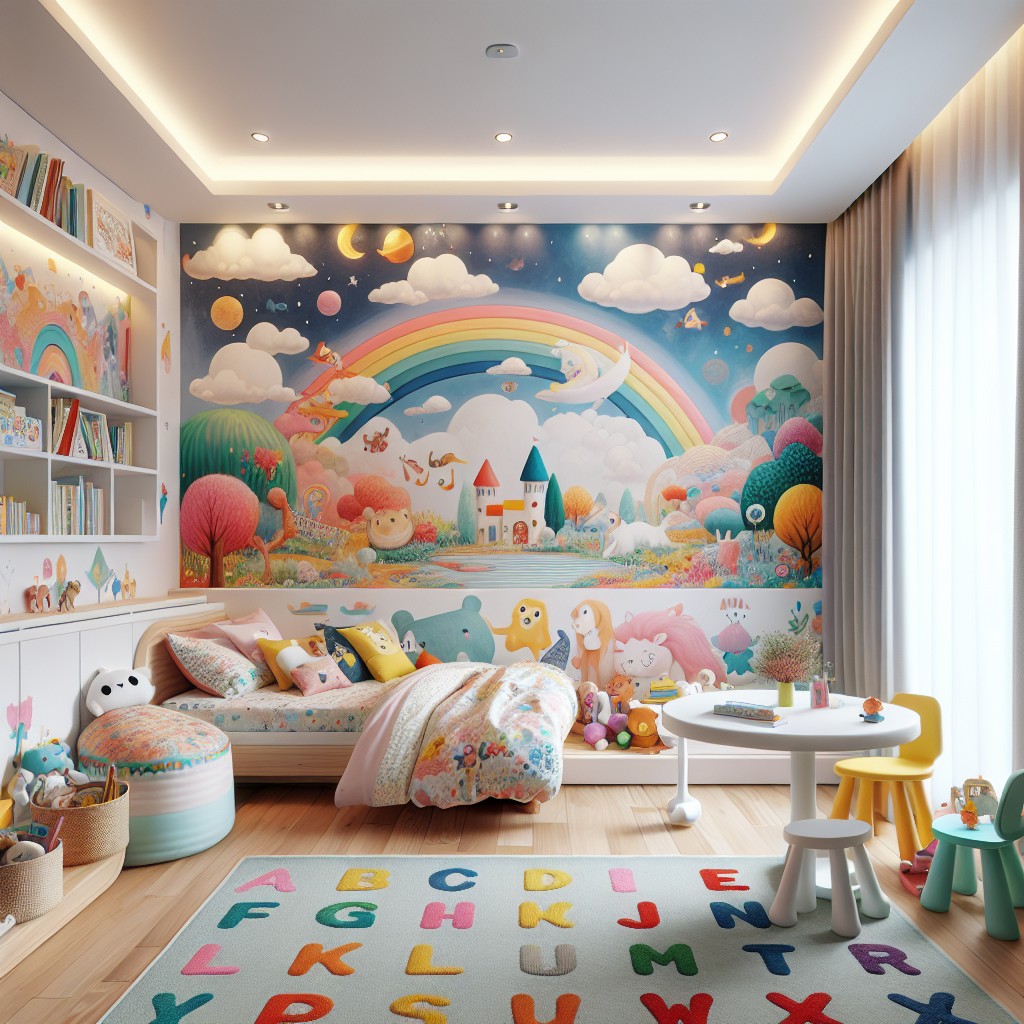
Creating an enchanting environment for children encourages imagination and growth. Consider these focused points when planning the decor:
- Safety First: Choose non-toxic paints and secure furniture to avoid tipping.
- Flexibility: Opt for adaptable furniture that grows with the child, such as convertible cribs and adjustable desks.
- Storage Solutions: Incorporate plenty of storage with bins, shelves, and closet organizers to keep toys and clothes in order.
- Creative Play: Designate areas for play with mats, tents, or a small table and chairs.
- Educational Elements: Integrate learning with alphabet wall art, maps, and interactive decor.
- Personal Touches: Use your child’s name, favorite colors, and characters to make the space uniquely theirs.
- Lighting: Soft lighting for evenings and adequate task lighting for homework and reading.
- Quiet Corners: Include a cozy nook for reading and downtime, with cushions or a beanbag.
- Durable Materials: Select washable fabrics and resilient surfaces for easy maintenance.
- Theme: Decide on a theme together, whether it’s space exploration, fairy tales, or a favorite animal, but keep it easily updatable as interests change.
Designing with these elements in mind simplifies the process and ensures the room meets the evolving needs of a growing child.
Color Theory in Home Design
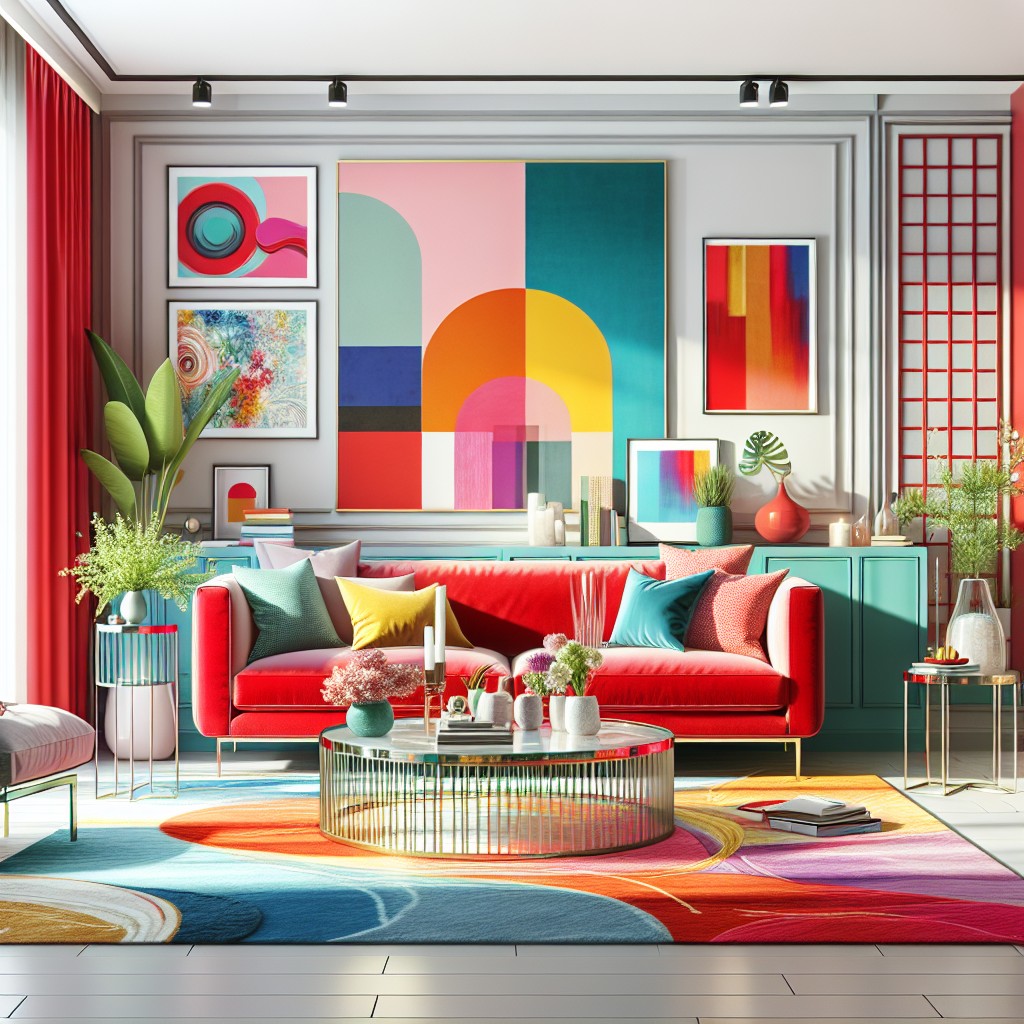
Understanding the basics of color theory can profoundly impact your home’s atmosphere. Here’s how to leverage hues for the desired effect:
- Color Wheel Basics: Familiarize yourself with primary, secondary, and tertiary colors. This knowledge will help you create harmonious schemes.
Warm vs. Cool Tones: Warm colors, like reds and oranges, evoke coziness while cool colors, such as blues and greens, introduce calm.
Complementary Colors: Opposite each other on the color wheel, these colors add a vibrant look when used together but should be balanced to avoid clashing.
Analogous Colors: These neighbors on the color wheel offer a more harmonious and subdued aesthetic. Think green beside yellow-green for a natural feel.
Monochromatic Schemes: Various shades of the same color create depth and unity. Use textures to prevent a monochromatic room from looking flat.
Color Psychology: Incorporate colors based on the mood you want to set: blues for tranquility, yellows for happiness, or purples for luxury.
Light and Color: Observe how differing light sources affect colors in your space. Sunlight can cause colors to look different than artificial light.
Test Your Palette: Before committing, test paint swatches and fabric samples in your space. Perception of color can change with context.
Use these pointers to curate a palette that enhances your space’s functionality and aesthetic appeal.
Top Textile Designers for Home Decor
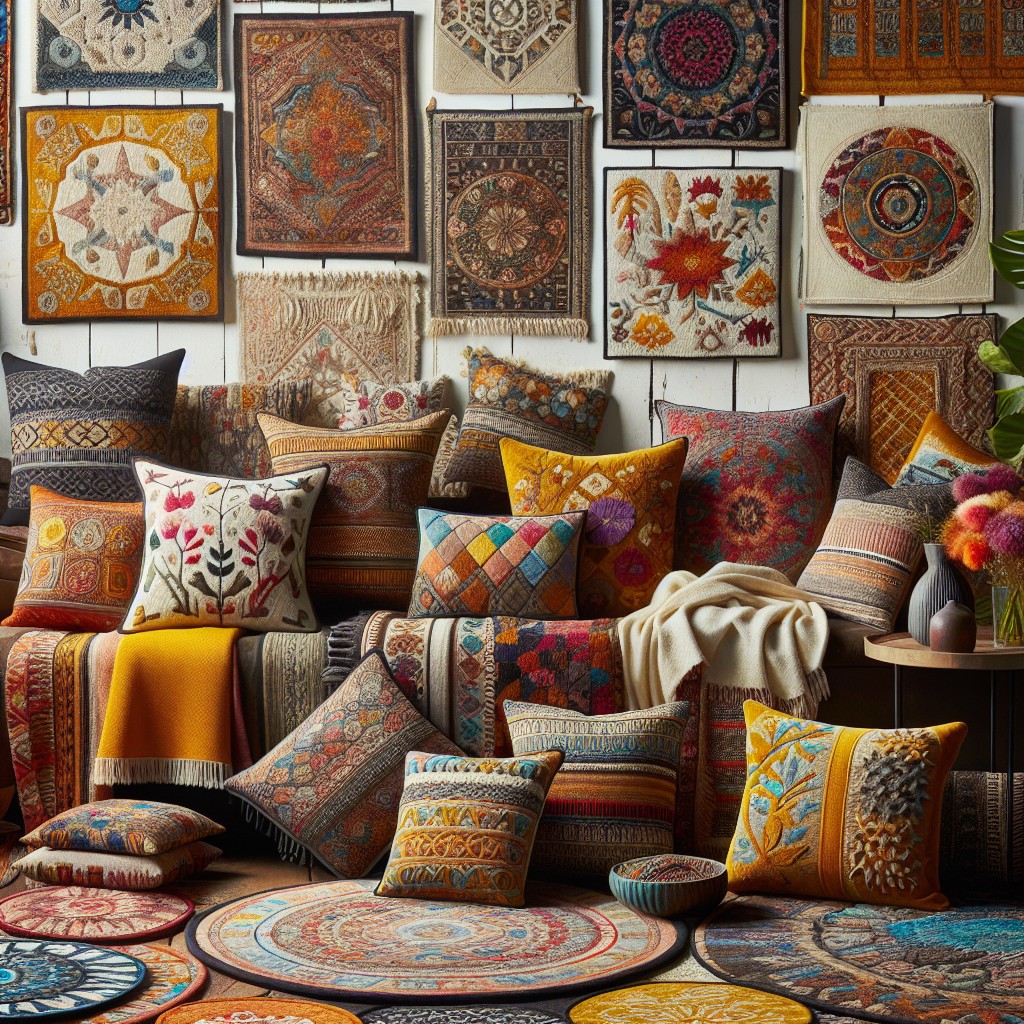
Selecting the right textiles is crucial for adding depth and character to your home. Fabric choice influences texture, color balance, and the overall mood of the space.
Function and Comfort: Textiles should not only be attractive but also functional. Upholstery fabrics must endure wear, while bedroom linens should prioritize comfort.
Mix and Match: Successful designers often blend patterns, colors, and textures to create a visually engaging environment. Consider combining a bold print with a neutral base to maintain harmony.
Seasonal Adaptability: Changing textiles can be an effective way to transition a home’s decor with the seasons. Light, airy fabrics suit warm months while heavier materials offer coziness during colder periods.
Sustainable Selections: Eco-conscious designers are now emphasizing organic and sustainably sourced materials, reflecting a commitment to environmental responsibility.
Cultural Expressions: Textiles are an excellent medium to celebrate cultural heritage through patterns and techniques passed down through generations.
Innovation and Trends: Leading textile designers often experiment with new materials and technology, setting trends that can define an era of home decor.
Understanding these concepts helps when selecting textiles that are not only on-trend but also timeless and reflective of personal style.
Transforming Spaces: Home Design Before and After
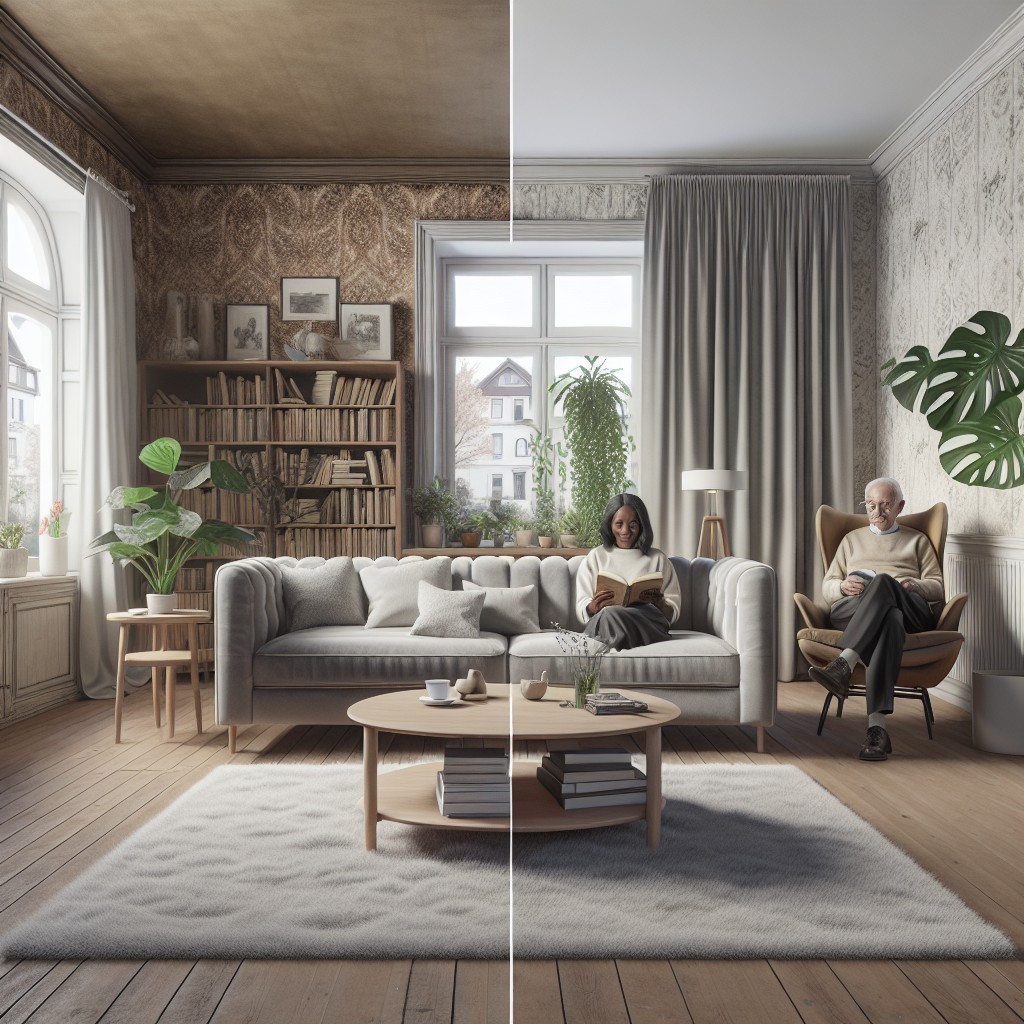
Before-and-after showcases in home design serve as powerful visual stories, illustrating the impact of thoughtful changes and creative solutions in transforming a space. These transformations can often be achieved with a few key elements:
- Color Updates: A fresh coat of paint or new wallpaper can dramatically alter the atmosphere of a room.
- Strategic Lighting: Switching out old fixtures and introducing layered lighting enhances both function and ambiance.
- Furniture Arrangement: Reconfiguring the layout can optimize flow and make a room feel more spacious.
- Textile Refresh: Changing out rugs, curtains, and cushions can introduce new color schemes and textures.
- Decluttering: Removing excess items and organizing the space opens up the room and highlights key features.
- Accessorizing: The addition of art, plants, and decorative objects can personalize and complete the look.
Emphasizing these elements in before-and-after photos delights and inspires viewers by clearly displaying the value added through smart design decisions.
The Influence of Architecture On Interior Design
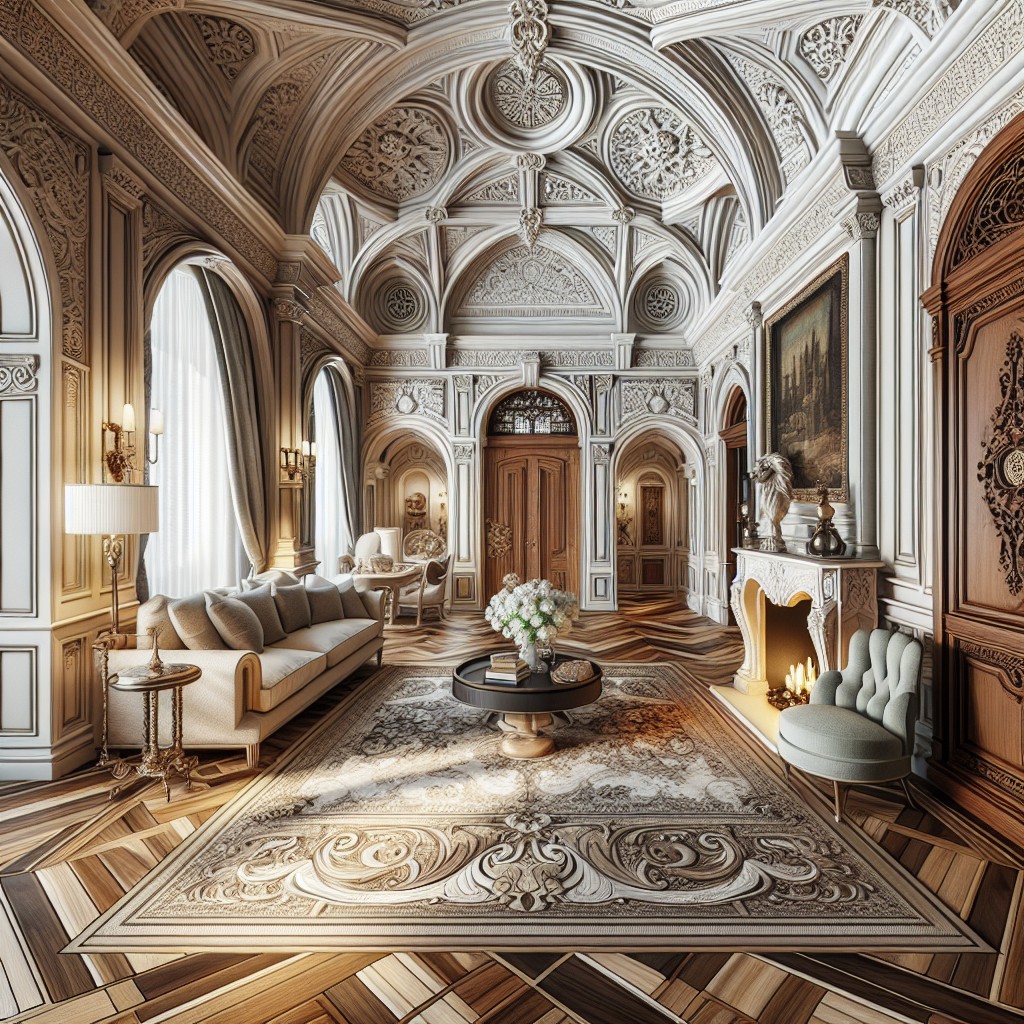
Understanding the relationship between the structural elements of your home and the stylistic additions you choose is crucial in creating a cohesive aesthetic. Here are some key points to consider:
- Complementarity: Match your interior design to the home’s architectural lines, whether it’s the clean angles of a modern abode or the ornate woodwork of a Victorian estate.
- Proportion and Scale: Furniture and decor should be chosen with the scale of the architectural elements in mind, such as ceiling heights and window sizes, to maintain balance within the space.
- Period Features: Highlighting architectural details like crown moldings, fireplaces, or original hardwood floors can guide your choice of interior styles and color palettes.
- Lighting: Use the flow and sources of natural light dictated by the architecture to inform the layout and ambiance of your rooms.
- Transition Spaces: If dealing with an open-concept space, use elements like rugs and furniture to define areas while still respecting architectural sightlines.
By considering these facets of the architectural design, interior decor can serve to enhance and harmonize with the space, rather than clash or compete with it.
Mood Board Magic: The Design Process Steps
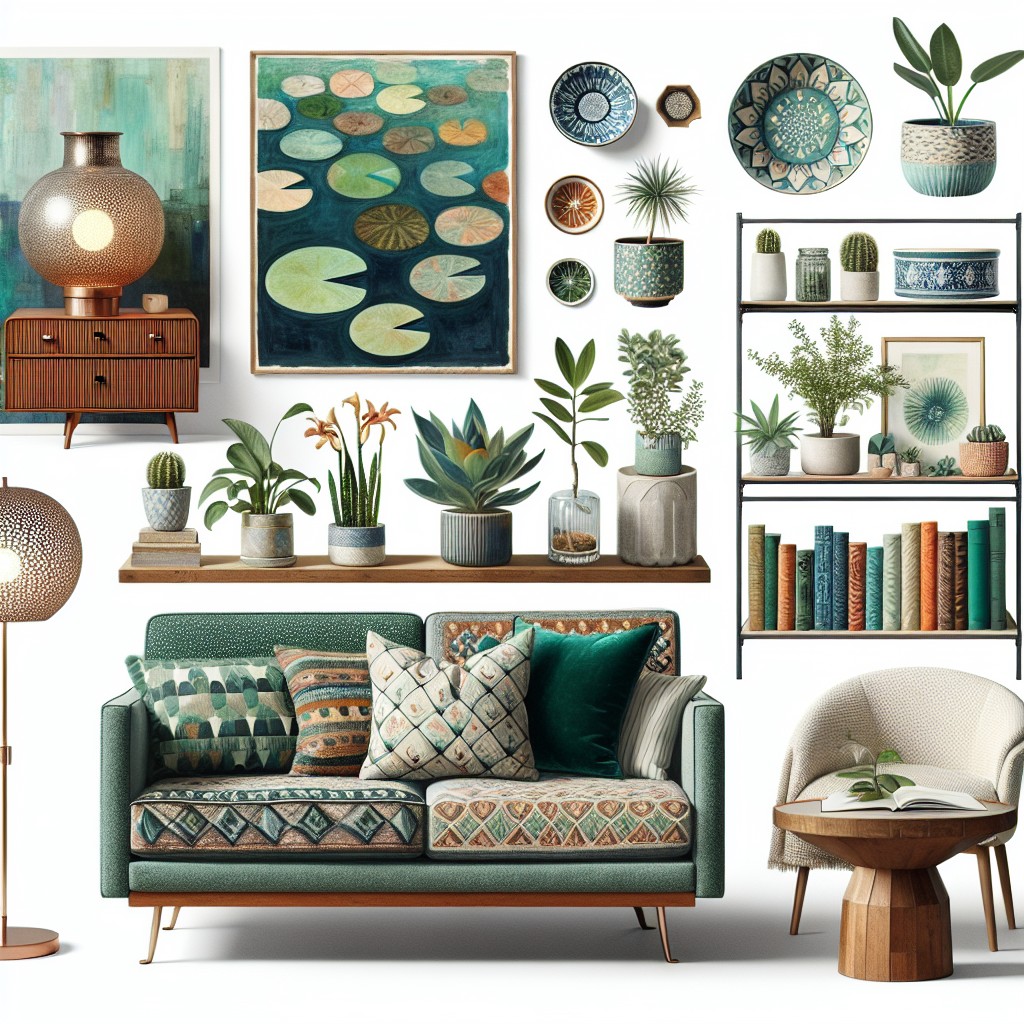
Creating a mood board is an essential step in the design process because it allows you to visualize and experiment with elements before committing them to your space. Begin with a central theme or emotion you want to evoke in your room.
Assemble images, fabric swatches, paint chips, and inspirational objects that align with your vision. Mix textures, colors, and patterns to see how they interact, ensuring cohesion in your design.
Consider practical aspects like lighting and furnishings, as they contribute to the overall ambiance. Incorporate personal touches or unique items that speak to your individual style.
Remember, a mood board is a dynamic tool; adjust and tweak it as new ideas emerge, keeping it as a reference throughout your decorating journey.
Affordable Luxury: High-end Looks On a Budget
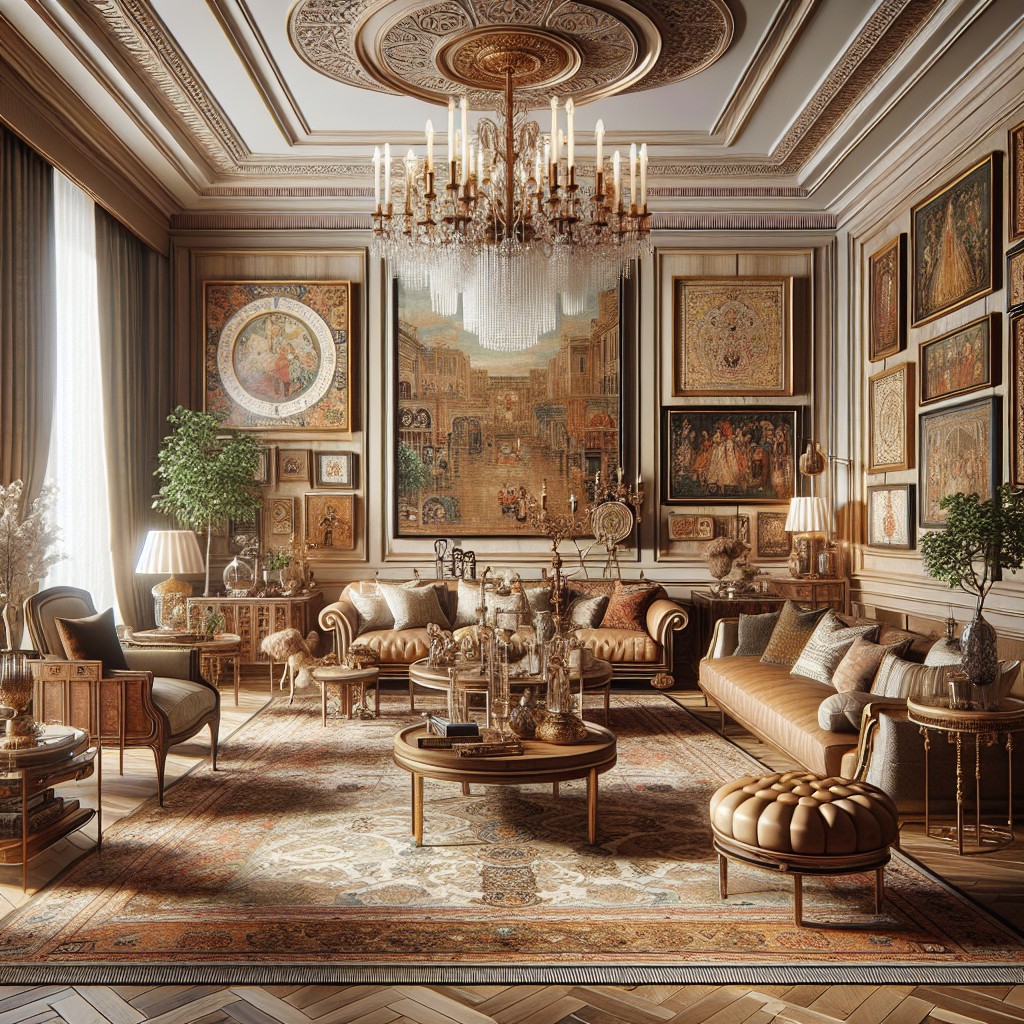
Transforming your home into a luxurious space doesn’t have to strain your wallet. By focusing on a few strategic changes, you can achieve a sophisticated ambiance for less.
Opt for a neutral color palette as a foundation; soft whites and elegant grays can evoke an upscale feel. Select one or two statement pieces of furniture—they draw the eye and create a focal point.
Thrift stores and flea markets are treasure troves for unique, high-quality finds that can add character without the high price tags.
Accentuate with accessories like plush throw pillows, richly textured throws, and reflective surfaces such as mirrored trays or metallic vases that conjure a sense of opulence.
Choose artwork that makes a statement and hang it at eye level to command attention. Update your lighting by incorporating layers—with a combination of ambient, task, and accent lighting—to craft a warm and inviting atmosphere.
Lastly, DIY project can lend personal charm and high-end appeal, such as repainting a coffee table or reupholstering a vintage chair. These thoughtful touches can elevate your space, making luxury accessible on any budget.
Small Details, Big Impact: Accessory-focused Design
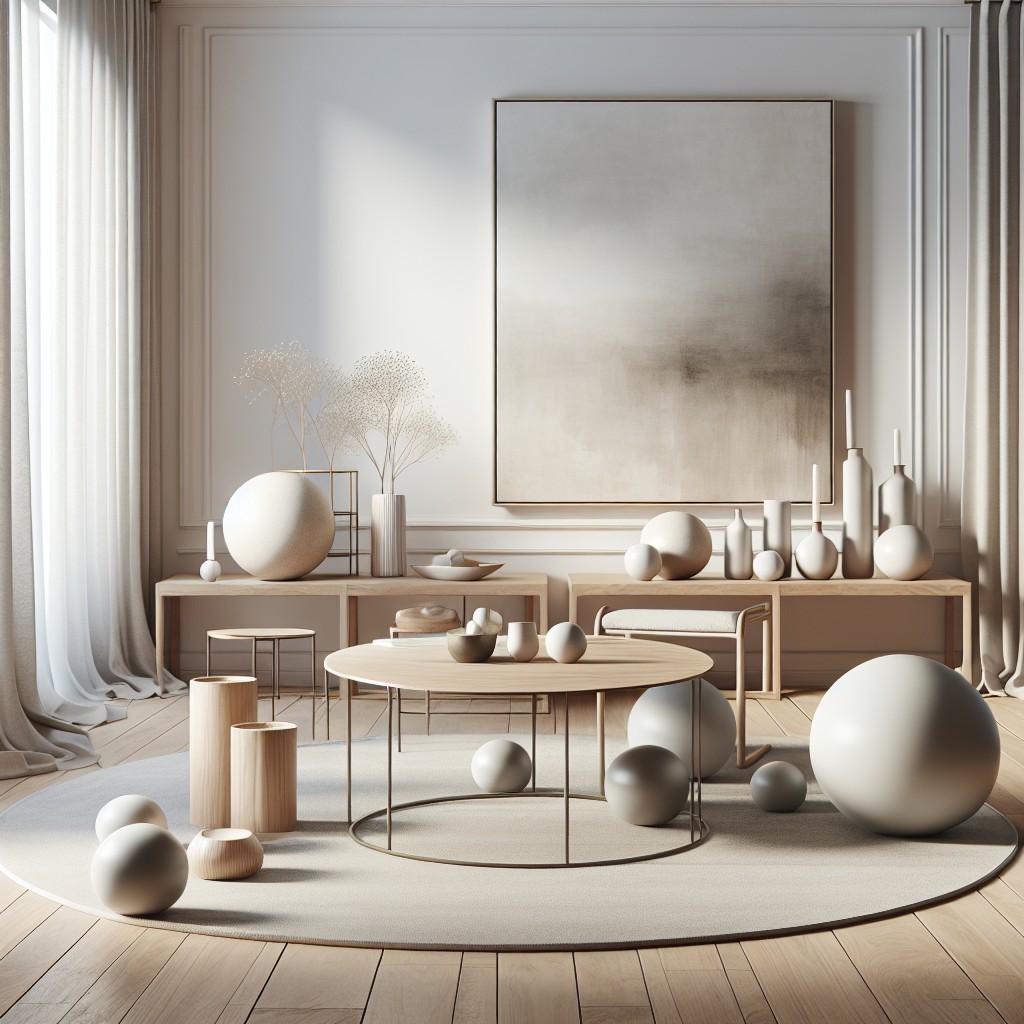
Elevate your space with a strategic use of accessories that draw the eye and set the tone. Throw pillows can introduce texture and color, transforming a sofa or bed into a design statement. Artful bookends on a shelf not only organize literature but also serve as sculptural elements that reflect personal style. A well-placed mirror can work wonders, amplifying light and creating the illusion of spaciousness in tight quarters.
Consider planters and vases as dual-purpose decor; they bring life with greenery while acting as standalone decorative pieces. Rugs anchor rooms, delineating areas within open spaces and adding warmth underfoot. Don’t underestimate the power of hardware; swapping out knobs and pulls on cabinets can instantly modernize a kitchen or bathroom.
Remember, the goal is to select accessories that communicate a cohesive story, harmonizing with the existing decor and enhancing the overall aesthetic without overwhelming the senses.
The Psychology of Home Design

Understanding the psychological impact of home design begins with recognizing how different elements influence emotions and behaviors:
- Color Choices: Light, soothing colors can create a sense of tranquility while vibrant hues may energize and stimulate. Choose your palette based on the mood you wish to invoke in each room.
- Spatial Arrangement: Furniture placement affects social interaction. For a welcoming atmosphere, arrange seating in a circular formation to encourage conversation.
- Lighting: Natural light boosts mood and productivity, so incorporate ways to maximize it. Layered lighting with adjustable intensity controls ambiance and practicality.
- Clutter vs. Minimalism: A clutter-free environment reduces stress and improves focus, whereas thoughtfully placed personal items can make a home feel cozy and lived-in.
- Nature Connections: Incorporating plants or elements like wood and stone can enhance well-being by bridging the outdoors and indoors, a concept known as biophilic design.
Incorporating these psychological insights into your home décor strategy can have profound effects on daily living and overall well-being.
The Feng Shui Approach: Designing Around Energy
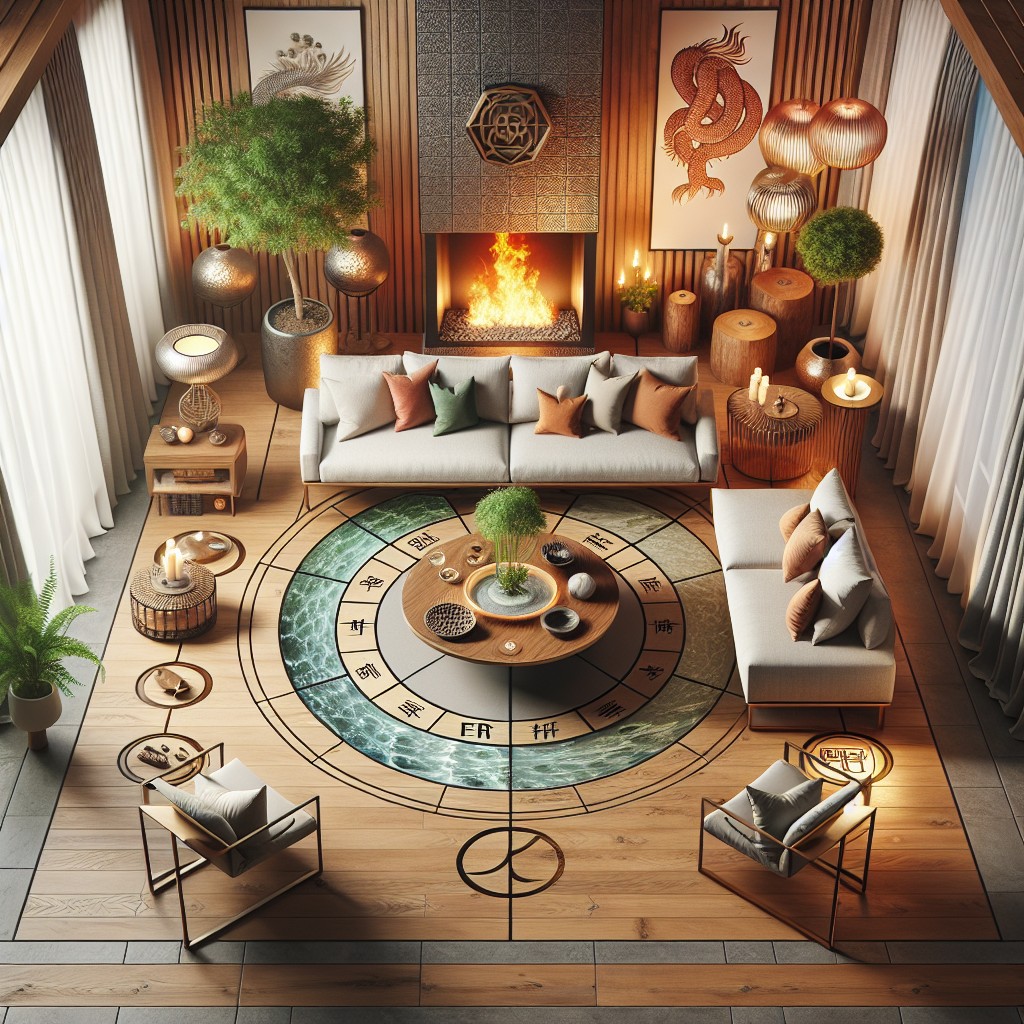
Feng Shui, the ancient Chinese art of placement, operates on the principle that the energy or ‘chi’ of a space can affect your well-being. To harmonize your environment for a healthy and prosperous living space, consider these points:
- Commanding Position: Place beds and desks facing the door, but not in-line with it, to feel empowered and relaxed.
- Clear Clutter: Keep your home tidy and organized to promote a smooth flow of positive energy.
- Five Elements: Incorporate wood, fire, earth, metal, and water into your decor to balance and enhance energy.
- Color Choices: Select colors that correspond with the energy you wish to evoke in each room, like calming blues for the bedroom or vibrant reds for the living area.
- Natural World: Integrate plants and natural materials to attract vitality and purify the space.
- Bagua Map: Use the Bagua, an energy map of your space, to identify and activate areas linked to aspects of life like wealth, health, or love.
By integrating these core principles, you can create a space that supports a harmonious flow of energy conducive to comfort and success.
Sustainable Living: Eco-Conscious Designers to Follow
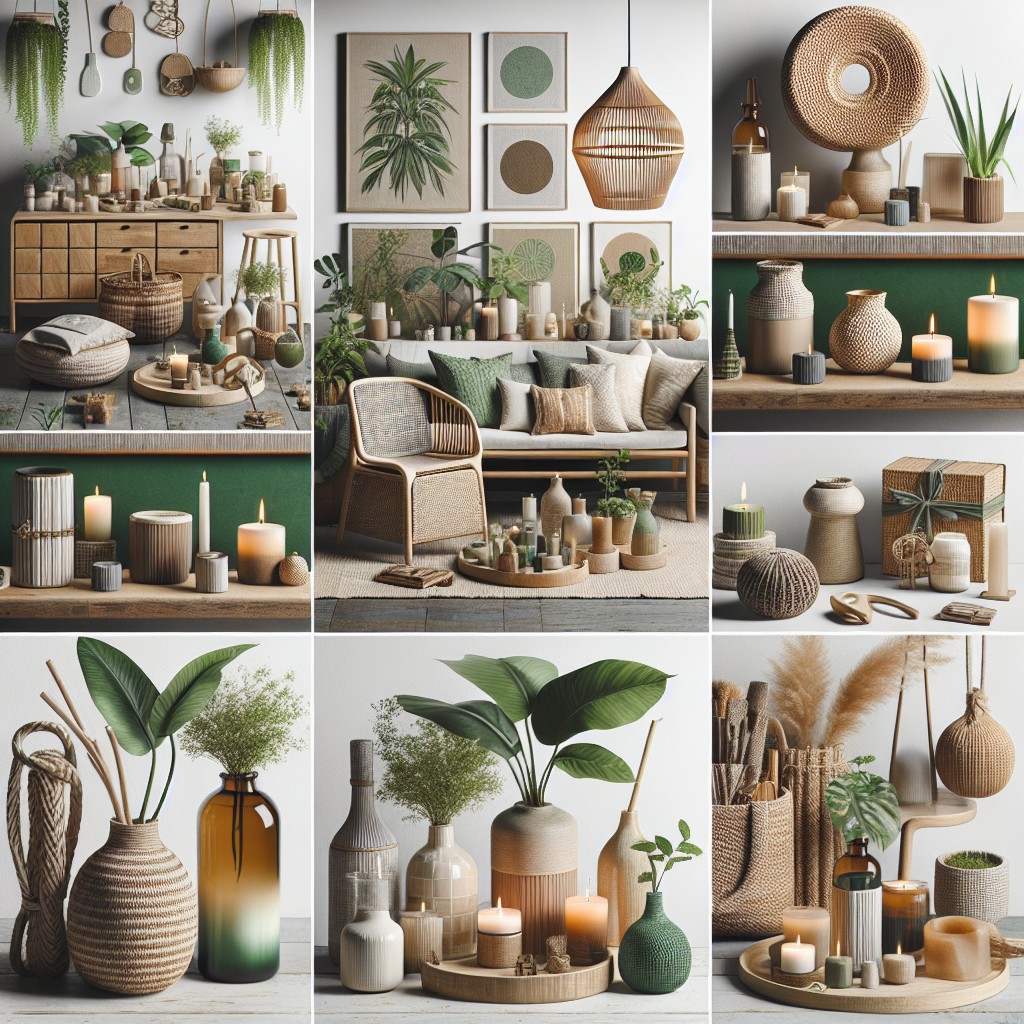
Eco-conscious designers emphasize reducing environmental impact through sustainable practices. They select materials that are renewable, recycled, or responsibly sourced. Such designers also consider the longevity of their designs, creating timeless pieces that reduce the need for frequent replacement.
Energy efficiency plays a key role, with a focus on natural lighting and energy-saving appliances.
Incorporating plants into interiors for better air quality is another strategy, along with using non-toxic paints and finishes. These designers often advocate for a ‘less is more’ approach, minimizing clutter and waste.
Finally, supporting local artisans and craftspeople helps decrease carbon footprints and bolsters community economies. By following these principles, eco-conscious designers create spaces that are both aesthetically pleasing and environmentally responsible.
Art As Inspiration: Interior Design Meets Fine Art
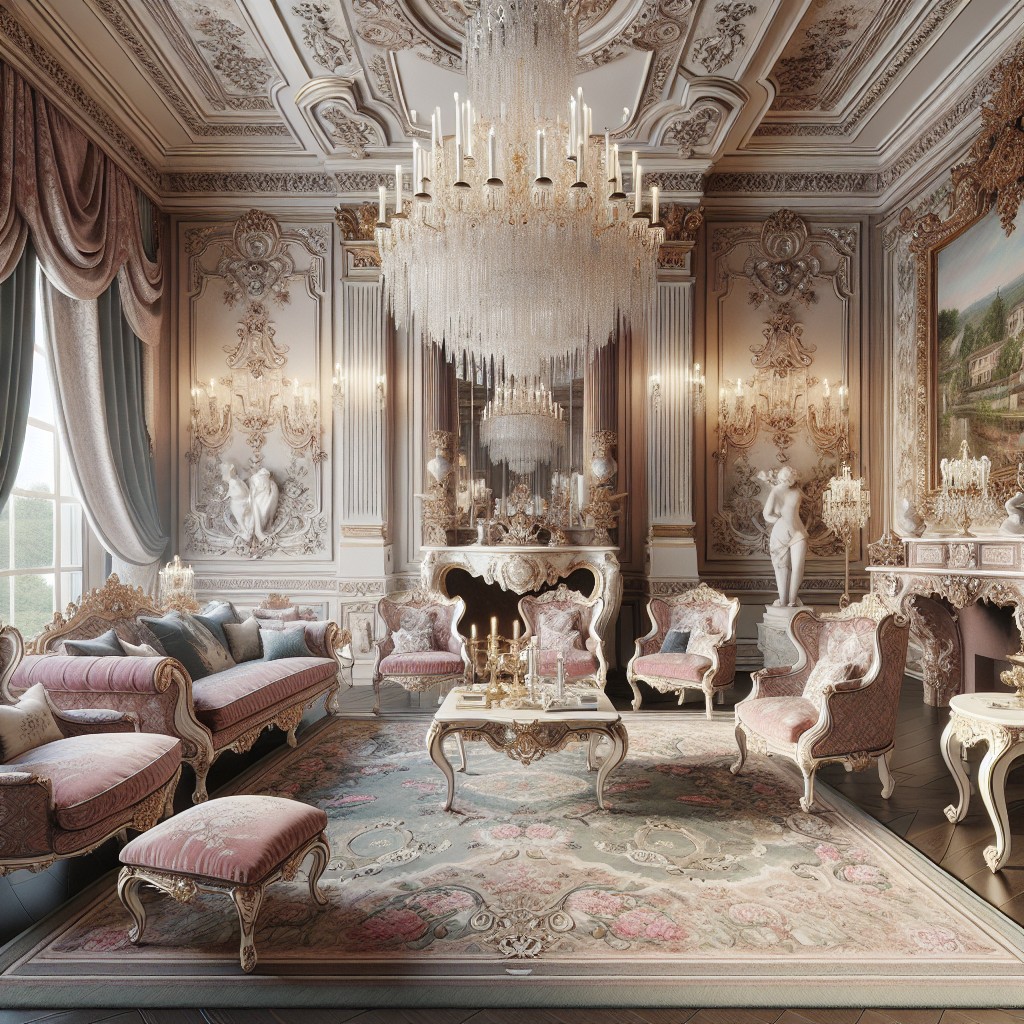
Integrating fine art into interior design elevates a room from functional to visually compelling. Here’s how to thoughtfully curate and incorporate art into your home decor:
– Echo Your Color Palette: Select artwork that reflects the colors in your room for cohesive design harmony. – Create a Focal Point: Use a bold piece as the room’s centerpiece, arranging furniture to draw eyes toward the art. – Mix Periods and Styles: Combine classic art pieces with modern decor for a dynamic and eclectic aesthetic. – Play with Scale: Large paintings can make a statement in a small space, while smaller pieces can add interest to a gallery wall. – Consider the Mood: Artwork can set the room’s emotional tone—choose art that complements the desired atmosphere. – Think Beyond the Frame: Sculptures, textiles, and ceramics can add unique textures and depth to your space. – Lighting is Key: Proper lighting ensures artwork is seen and experienced as intended—consider gallery-style spotlights or directional lamps. – Art in Unexpected Places: Introduce art into kitchens, bathrooms, or hallways to create intrigue in often overlooked spaces.Balancing fine art and decor elements results in a personalized space that tells a visual story of your individual style and experiences.
The Role of Technology in Modern Interior Design
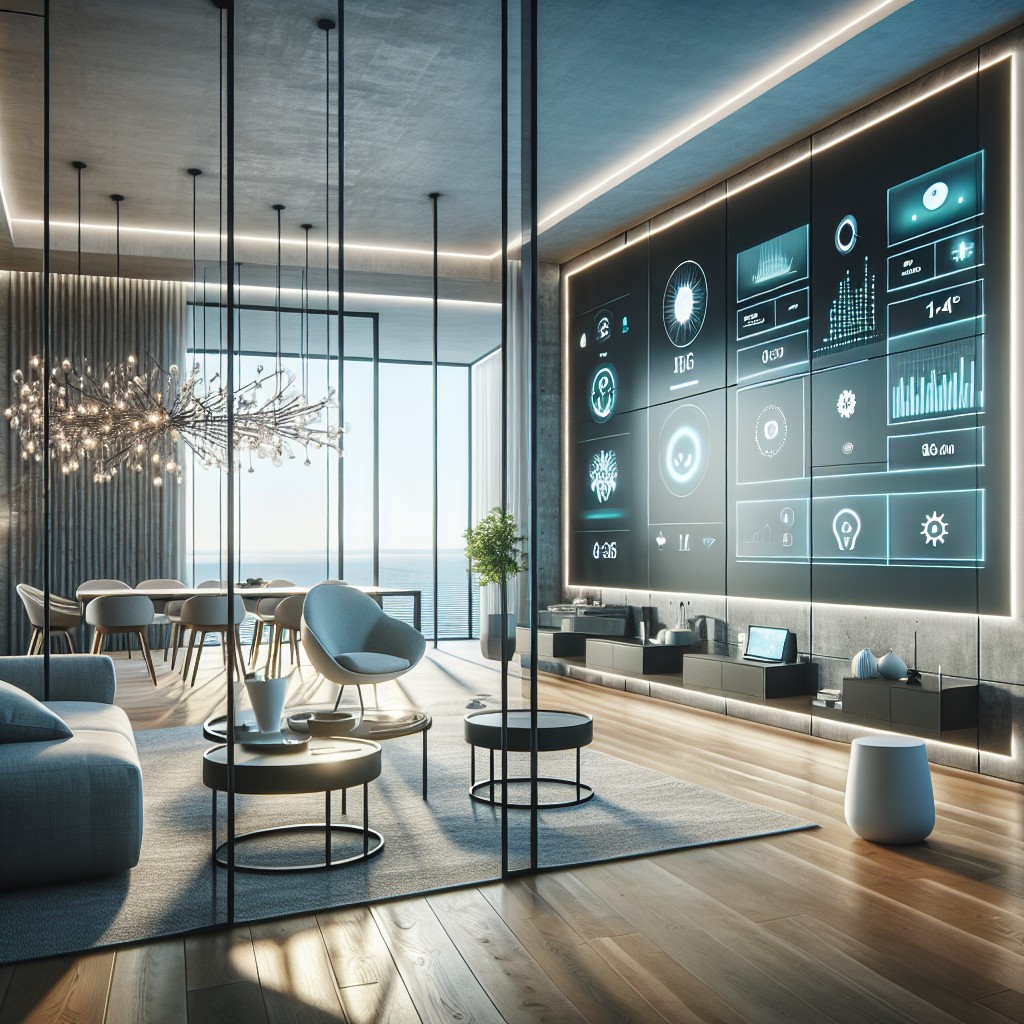
Advancements in technology have significantly enhanced the way interiors are crafted, offering both designers and homeowners innovative tools to visualize and execute designs.
Virtual Reality (VR) and Augmented Reality (AR) bring client proposals to life, providing immersive previews of finished spaces before any physical work begins.
3D printing has revolutionized custom décor, allowing for intricate designs that mesh functionality with aesthetic, ranging from furniture fittings to artistic wall textures.
Smart home systems integrate seamlessly with interior design, ensuring that technological elements like thermostats, lighting, and security cameras blend with décor and enhance convenience.
CAD (Computer-Aided Design) software facilitates precise room layouts and the manipulation of space, improving accuracy and efficiency in design planning.
Digital mood boards and design apps provide platforms for instant collaboration and exchange of ideas between designers and clients, streamlining the decision-making process.
Sustainable design is bolstered by technology, with simulation software assessing energy efficiency to create eco-friendlier living spaces.
Integrating these technological tools into the design process not only streamlines workflow but also opens up a world of possibilities for personalizing and creating functional, modern, and stylish homes.
Diverse Design: Celebrating Multicultural Interior Decorators
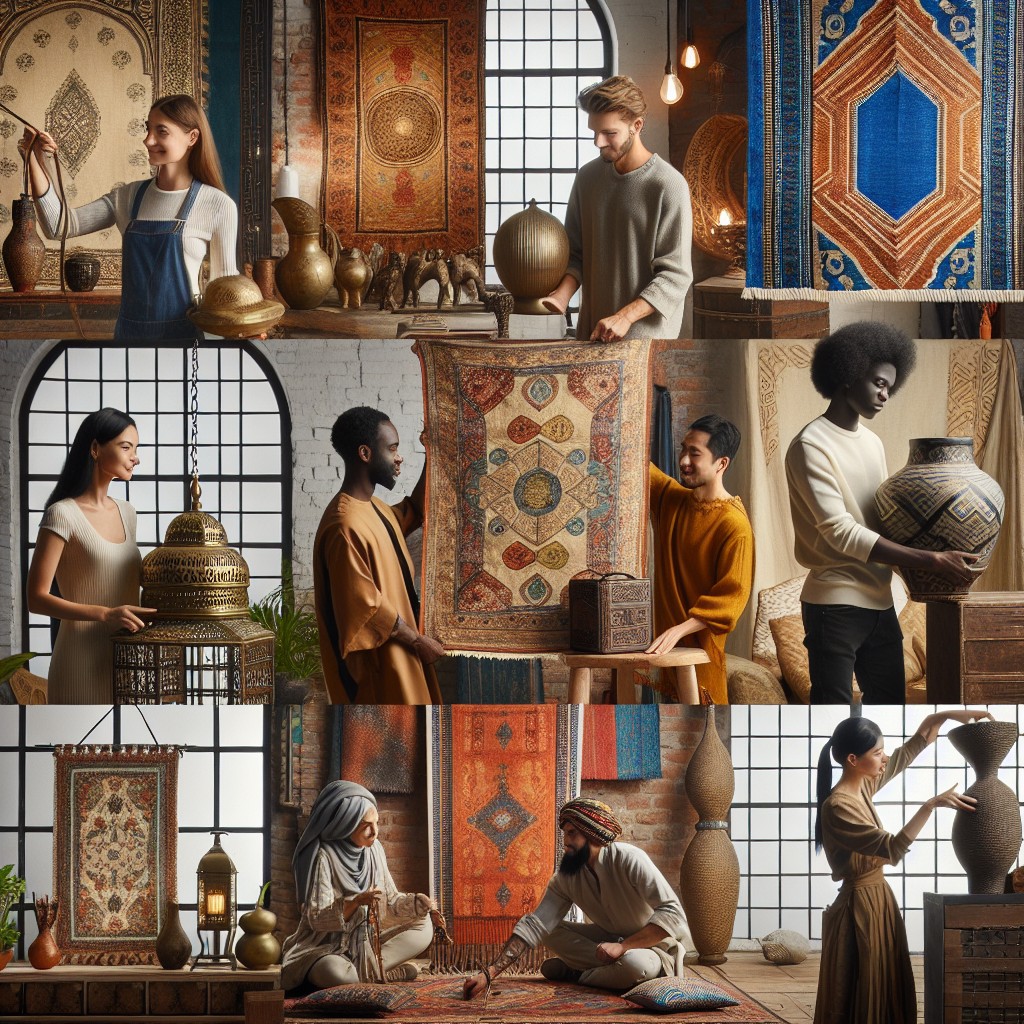
Embracing diversity in interior design not only enriches our living spaces but also fosters a deeper understanding and appreciation of the world’s various cultures. Multicultural interior decorators use their unique backgrounds to influence their work, providing an authentic experience tailored to a client’s heritage or an eclectic blend of global aesthetics.
Here are key concepts that these designers often incorporate:
- Incorporation of Artifacts: Items with cultural significance, like traditional masks, pottery, or textiles, are seamlessly integrated to create a sense of place and history.
- Color Palettes: Colors are chosen for their cultural resonance and emotional impact, drawing from a broad spectrum rooted in ethnic traditions.
- Material Selection: Natural materials sourced from different parts of the world, such as bamboo, rattan, or regional woods, add authenticity to the design narrative.
- Design Philosophy: These designers often follow principles inherent to specific cultures, such as Feng Shui from Chinese culture or Vaastu Shastra from Indian traditions.
- Layout Considerations: Understanding the social and familial customs allows decorators to create spaces that accommodate extended family living or communal gatherings common in many cultures.
- Craftsmanship: Celebrating traditional craftsmanship, designers often collaborate with artisans to include bespoke pieces that reflect skilled work from a particular region or community.
By honoring the diverse tapestry of global cultures, these decorators are at the forefront of creating spaces that are both personal and universally appealing, encouraging an open dialogue about the world we share.
The Impact of Fashion On Interior Design
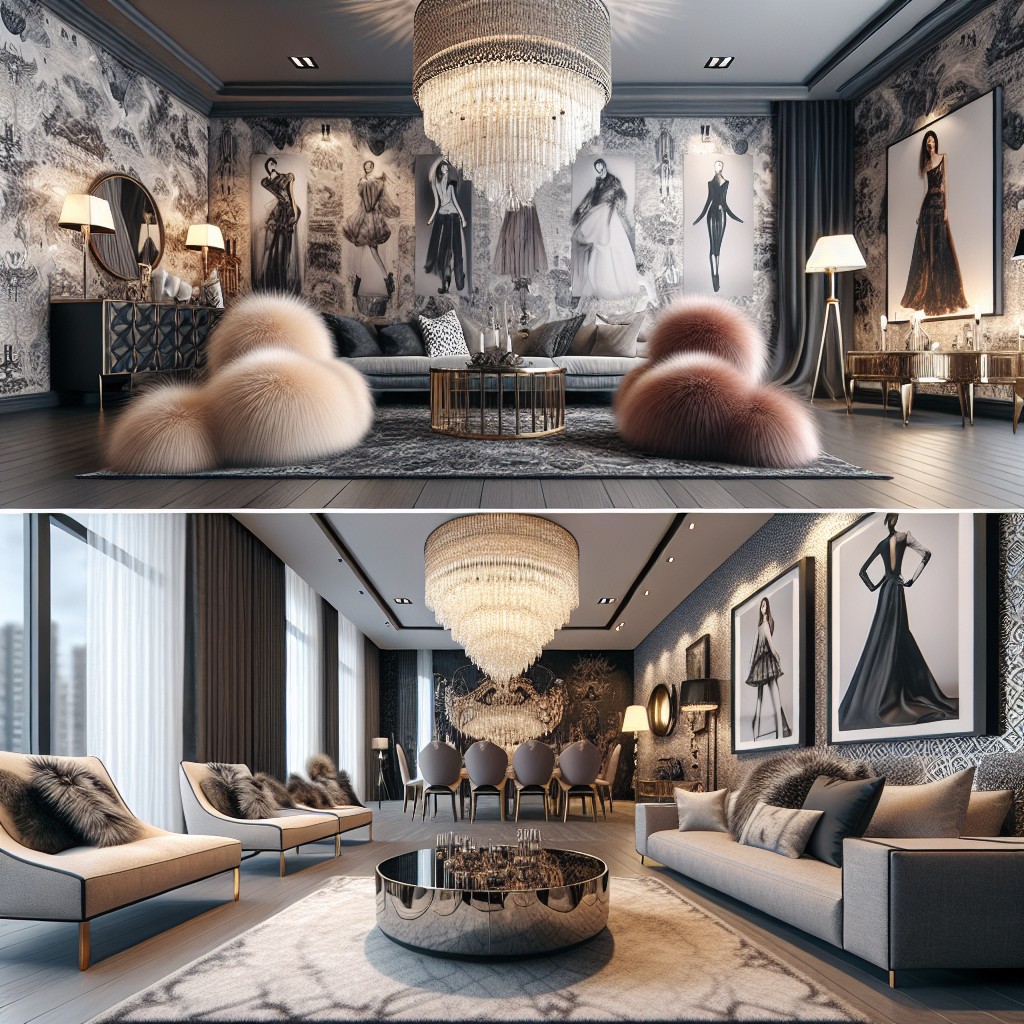
Understanding the symbiotic relationship between fashion and interior design reveals how trends on the runway often make their way into our living spaces.
Textile Translation: Luxurious velvets, bold prints, and delicate laces adorning the latest high-fashion collections are often mirrored in upholstery, drapery, and accent pillows.
Color Crossovers: Pantone’s color of the year and seasonal palettes showcased in fashion are indicators of the hues that will likely pop in home decor.
Pattern Adaptation: Geometric shapes, stripes, and florals seen in fashion frequently inspire wallpaper, art, and other home accessories.
Material Movement: Just as in fashion, interior decor will often incorporate emerging materials, such as acrylic or recycled composites, promoting a modern aesthetic.
Structural Inspiration: Architectural designs on clothing, like pleats and folds, often influence the shapes and forms of furniture, from sofas to bookshelves.
Accessory Echoes: The move toward bold statement pieces in jewelry can translate into striking, oversized lamps or vases in home settings.
Ethical Threads: As sustainable fashion gains traction, a heightened demand for eco-friendly furniture and home goods follows, emphasizing organic and recycled materials.
Each point illustrates how fluidly concepts flow between the realms of fashion and interior design, forming a cohesive lifestyle statement.
Unconventional Spaces: Designing for Lofts, Studios, and Tiny Homes
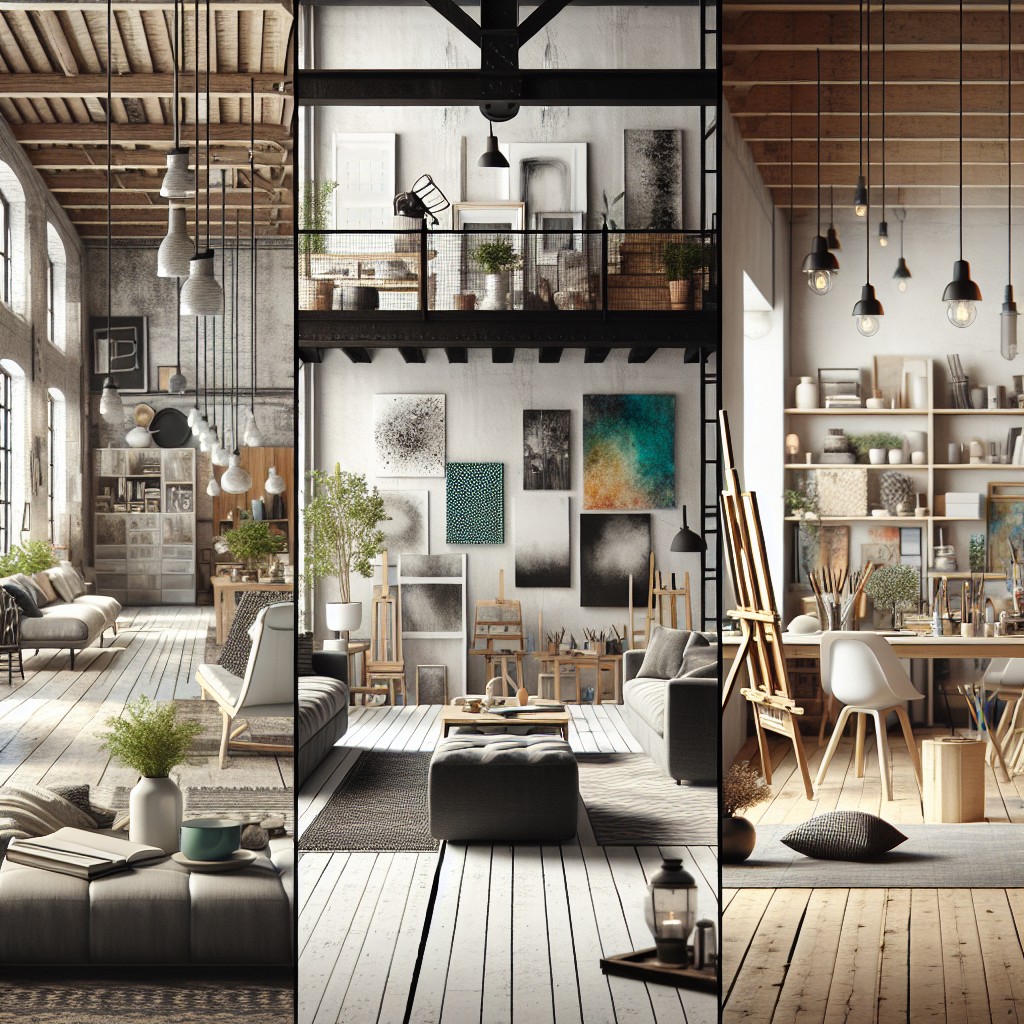
Inhabiting smaller dwellings doesn’t mean sacrificing style; it means getting creative with the space you have. Here are some key points for making the most out of unconventional spaces:
- Optimize Vertical Space: Use wall-mounted shelves and hanging decor to draw the eye upward and maximize storage.
- Multi-functional Furniture: Invest in pieces that can serve multiple purposes, such as a sofa bed or a dining table that doubles as a work desk.
- Declutter Regularly: A minimalist approach is key in maintaining an organized and spacious feel. Regularly evaluate items for their utility and sentimental value.
- Lighten Up: Bright, light colors make spaces feel larger. Reflective surfaces and strategic lighting can also enhance the sense of openness.
- Zone Your Space: Define different areas using rugs, curtains, or varying paint colors to create the illusion of separate “rooms” within a single open space.
- Think Custom: Tailor storage and furniture to your exact needs and dimensions. Custom built-ins can utilize every inch of available space.
- Ditch Unnecessary Doors: When possible, remove doors to promote an open flow, or consider sliding or pocket doors to save space.
- Use Visual Tricks: Large mirrors, transparent furniture, and a cohesive color palette can make your space seem larger than it is.
Inside Celebrity Homes: Top Design Styles

Entering the homes of celebrities offers a glimpse into the realm of customized luxury and bold statements. Typically, these residences serve as platforms for the rich and famous to express their personal styles, often with the help of renowned designers.
Eclectic Tastes: Some celebs opt for a melange of design elements, combining modern art with antique furnishings to create a unique, personal space.
Theme-Driven Spaces: Whether it’s an old Hollywood glamour or a rock star’s modern-industrial loft, themes are often chosen to match the personality and brand of the celebrity.
Tech-Forward Homes: Innovation is at the forefront, with smart homes featuring the latest in home automation, security, and entertainment systems.
Sustainability: A growing number of stars emphasize eco-friendly design, utilizing reclaimed materials and renewable energy sources within their luxury dwellings.
Outdoor Integration: Expansive views and indoor-outdoor living are common, with seamless transitions to incorporate natural elements and landscapes into the living areas.
Wellness Centers: Prioritizing health and wellness, these homes often have private gyms, yoga studios, and even spa facilities.
Custom Art and Memorabilia: Personal collections, from fine art to memorabilia, are often on display, showcasing the celebrity’s achievements and interests.
Tailored Spaces: Every room has a purpose, with custom-built features like in-home theaters, recording studios, or sports courts, echoing the celebrity’s career and hobbies.
Exploring these design styles not only provides inspiration but also showcases the breadth of personalization that high-end decor allows for those with the means to express it.
Designing for Wellness: Interiors and Mental Health
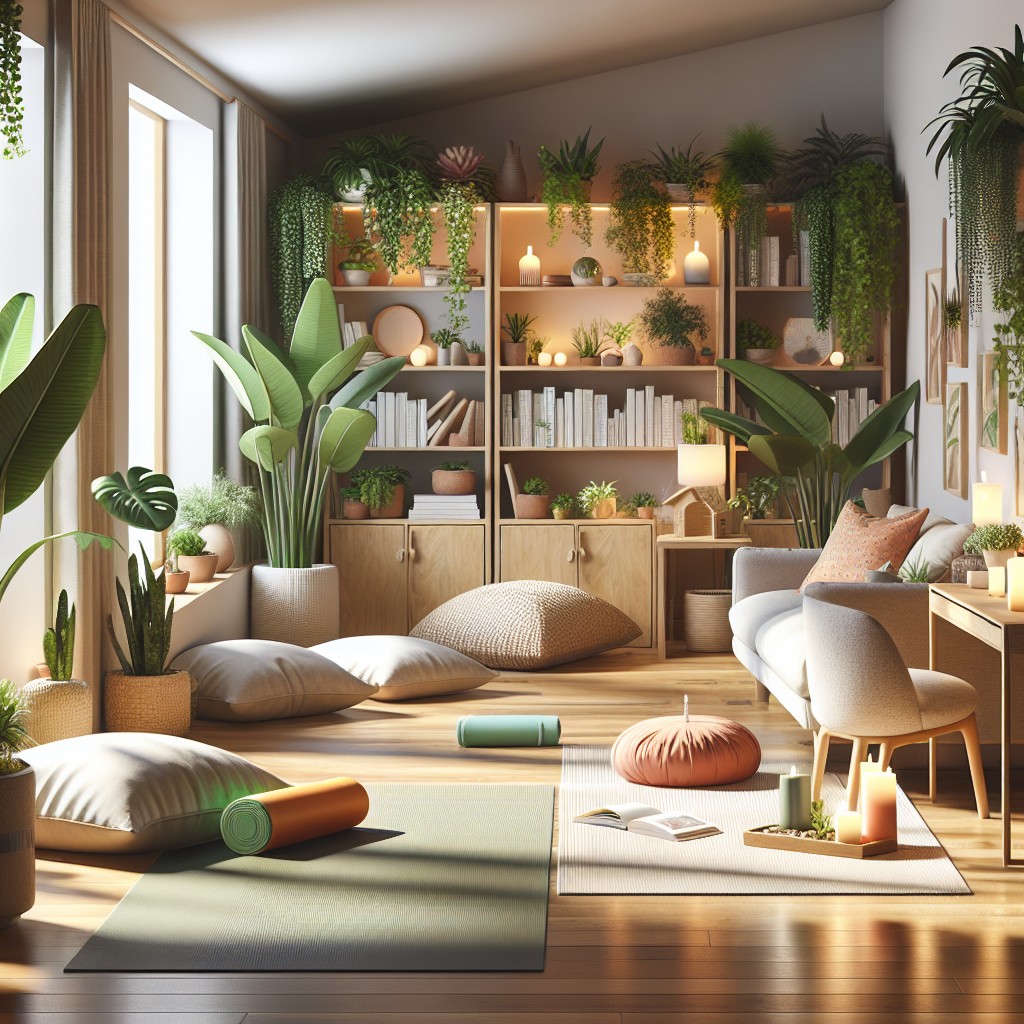
Embracing the concept of wellness in your home involves creating spaces that promote physical and mental health. Here are actionable tips to achieve a tranquil and restorative environment:
- Natural Elements: Incorporate plants or water features to bring the calming effect of nature indoors.
- Color Psychology: Choose soothing colors like blues and greens to foster a sense of serenity.
- Clutter-Free Zones: Maintain minimalist surfaces to reduce anxiety and enhance clarity of mind.
- Comfort Spaces: Create a nook with comfortable seating and soft textiles for relaxation.
- Adequate Lighting: Prioritize natural light where possible and soft artificial lighting to regulate sleep patterns and mood.
- Personalized Corner: Dedicate a space for hobbies and interests, such as reading, music, or meditation.
- Quality Air: Ensure good ventilation and consider air purifying plants to foster a fresh and clean breathing environment.
Designing for Function: Homes That Work
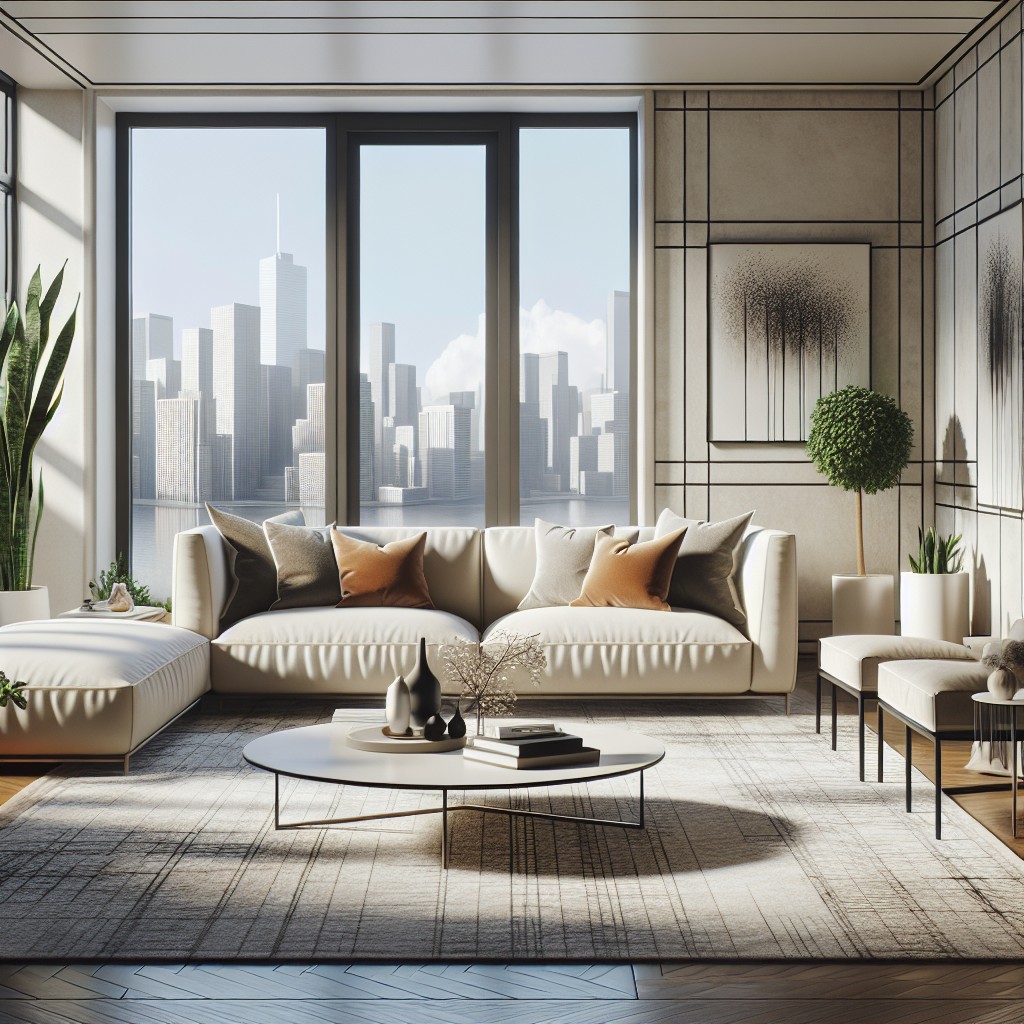
Creating a home that combines aesthetics with utility requires strategic planning. Focus on the following key components:
- Smart Storage Solutions: Utilize multi-functional furniture like ottomans with storage or beds with drawers underneath. Invest in vertical storage units to maximize floor space.
- Easy Flow: Plan your layout so there’s a natural flow between rooms. Keep walkways clear and consider the placement of furniture for effortless movement.
- Durable Materials: Choose materials that withstand daily wear and tear, like quartz countertops or vinyl flooring, ensuring longevity and ease of maintenance.
- Lighting for Tasks: Implement task lighting in work areas. Pendant lights over kitchen islands or desk lamps in office spaces are practical additions.
- Ergonomics: Prioritize comfort by selecting chairs that support posture and adjustable surfaces that cater to different activities and the inhabitants’ heights.
- Tech Integration: Adopt wireless technology where possible to reduce clutter. Equip rooms with built-in USB ports and smart systems to streamline daily routines.
- Zones for Activity: Establish defined areas for specific activities, such as reading nooks or homework stations, to help organize and compartmentalize tasks effectively.
DIY Design: Popular Designers for DIY Enthusiasts

Harness creativity and construct bespoke decor pieces influenced by the vision of trailblazing DIY experts. Embrace the versatility of thrift store finds by reimagining them with paint or fabric for a custom look championed by designers like Geneva Vanderzeil of Collective Gen. Learn to upcycle with confidence under the guidance of Elsie Larson and Emma Chapman of A Beautiful Mess, turning everyday items into functional art.
Tackle larger projects with tips from Ana White, whose furniture plans are excellent for building stunning, affordable pieces. For those looking to delve into home improvement, Ben Uyeda of HomeMade Modern offers a minimalist approach with his focus on simple designs using basic materials. By following these designers, gain the insight needed to transform standard items into unique treasures that reflect personal style and ingenuity.
Lighting in Design: Illuminated Spaces
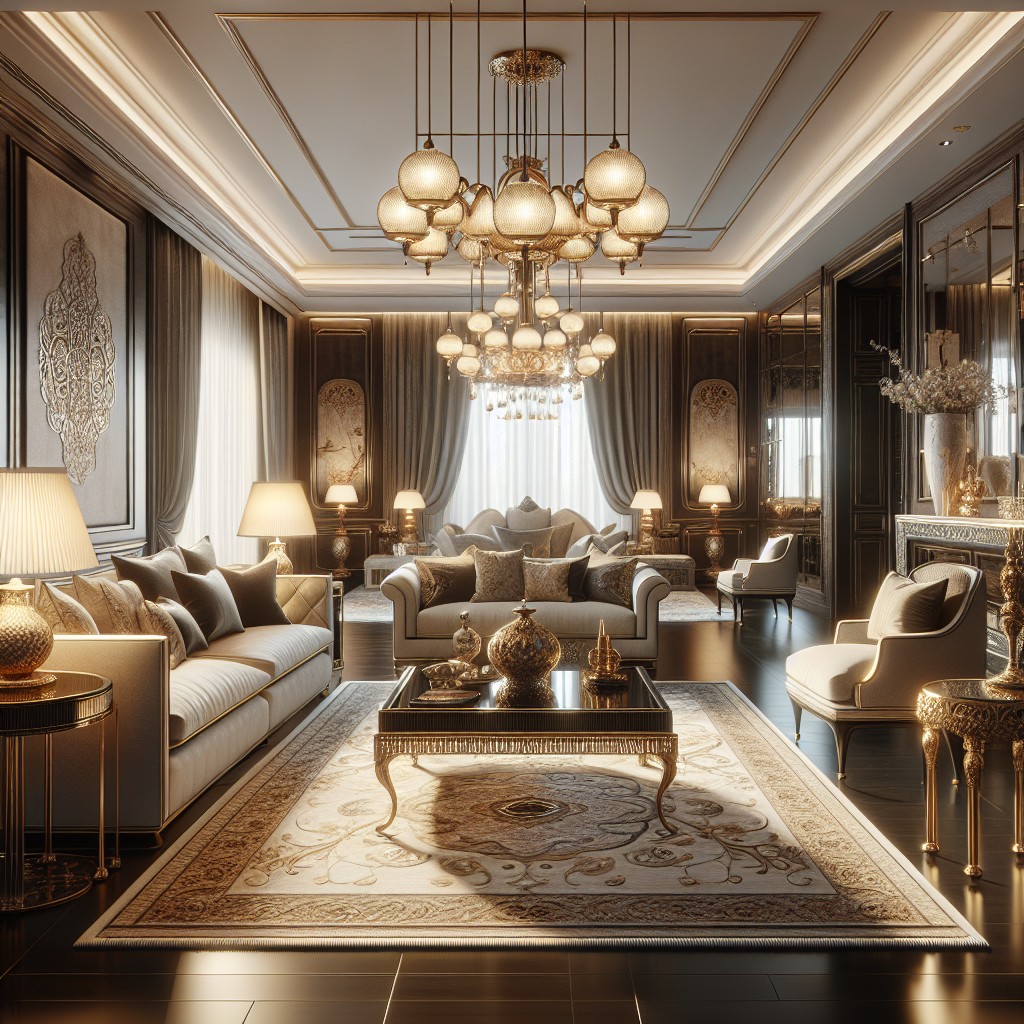
The right lighting can make or break a room’s ambiance. In the realm of home decor, the strategic placement and type of lighting are key. Here’s a breakdown of concepts that can guide you through creating well-lit spaces.
- Layering Light: Combine ambient, task, and accent lighting for a balanced space. Ambient light offers overall illumination, task lighting focuses on specific areas like reading spots, and accent lighting highlights architectural features or artwork.
Natural Light: Harness natural light as much as possible. Sheer curtains or adjustable window treatments allow you to control the influx of sunshine, which can naturally warm up a room and make it feel inviting.
Dimmers: Installing dimmers gives you flexibility in adjusting light levels to match the time of day or mood intended for the space.
Color Temperature: Understand the impact of color temperature. Bulbs with a warm white color temperature create a cozy feel, while cool white bulbs are energizing and better suited for workspaces.
LEDs and Smart Bulbs: Embrace energy-efficient LED lights and smart bulbs to save on your energy bills while benefiting from a wide variety of lighting options, including color-changing features.
By mastering these lighting principles, you can transform your home into a series of spaces that feel just as good as they look.
Designer Spotlights: Q&A With the Pros
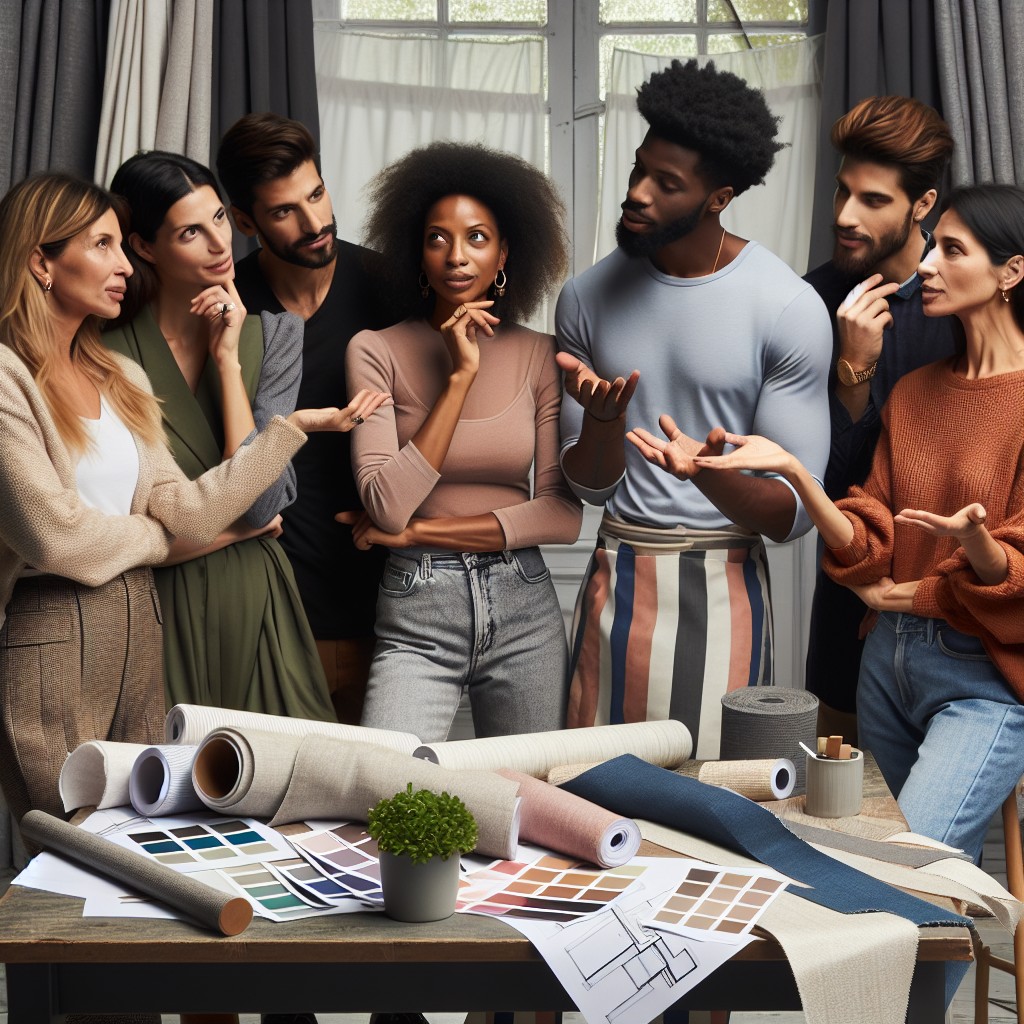
Gleaning insights directly from professional designers can illuminate trends, philosophies, and tips that aren’t always obvious in a portfolio. Our Q&A with the Pros section peels back the curtain to reveal the minds behind the designs.
- Understand how top designers approach a new project, including their initial steps and how they conceptualize space.
- Learn about their signature styles and how they developed them over time.
- Discover their most memorable projects, the challenges faced, and how they overcame them.
- Find out their favorite budget-friendly decor tips, showing that style doesn’t have to be expensive.
- Get their take on the future of home design, what trends they predict will rise or fade.
- Explore the essential design tools and resources they use, offering a peek into their professional toolkit.
- Unpack their strategies for staying inspired and maintaining creativity in a demanding industry.
By asking the right questions, we extract actionable advice and behind-the-scenes knowledge that readers can apply to their own decorating endeavors.
Interior Design Through the Decades: Trends That Shaped Home Decor
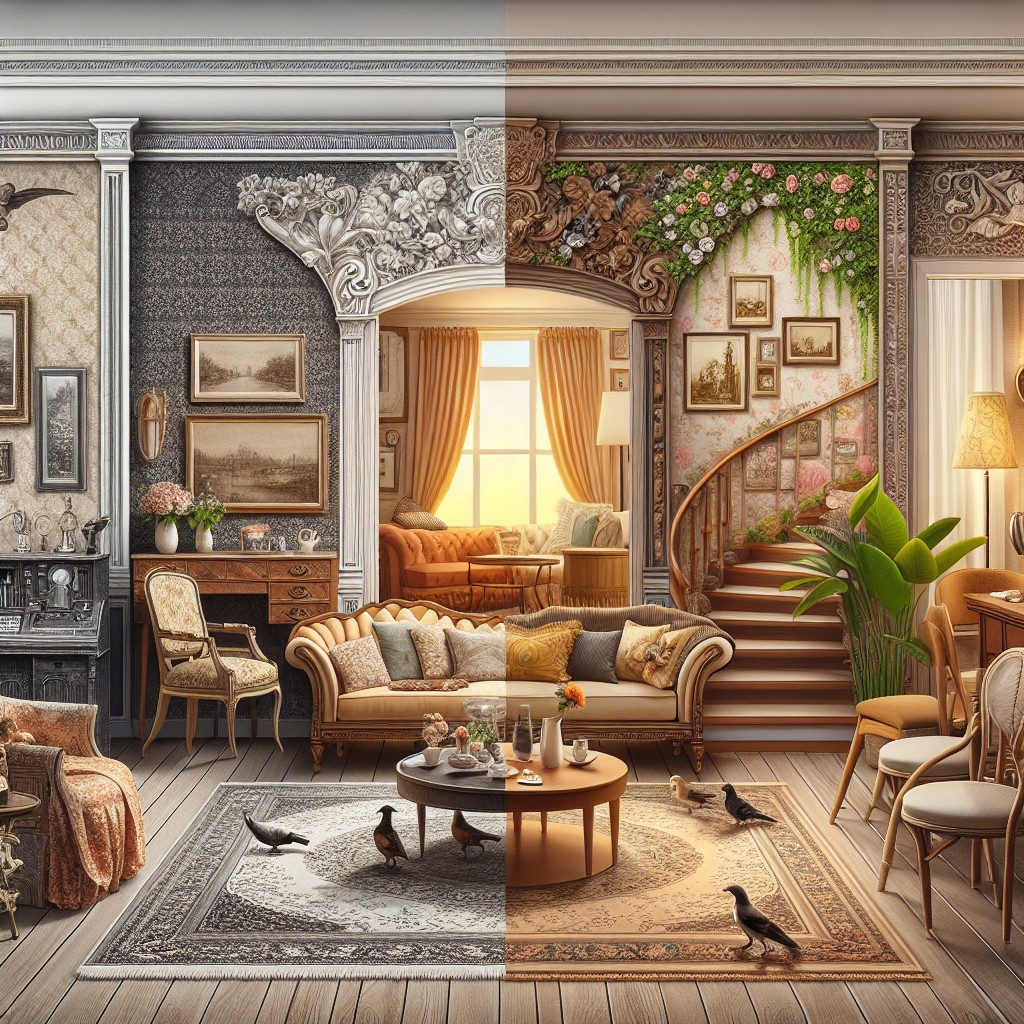
Each decade sports its own signature aesthetic that, in retrospect, tells a vivid story about the social and cultural milieu of the time.
- The groovy 1960s brought bold patterns and psychedelic colors, mirroring a society pulsating with change.
- Shag carpets and earthy tones dominated the 1970s, reflecting an era grounded in nature and harmony.
- The 1980s saw the rise of chintz and pastels, showcasing an embrace of excess and the emergence of a ‘more is more’ philosophy.
- Minimalism found its way into the 1990s, paralleling the digital revolution with clean lines and neutral palettes favoring function over form.
- The turn of the millennium brought tech integration into homes, an uptick in global influences, and a preference for open-concept layouts, signaling interconnected and multifunctional living spaces.
- The 2010s leaned into sustainability, with upcycling and natural materials highlighting an environmental consciousness.
These snapshots of decorative ebb and flow not only define visual nostalgia but also guide the savvy decorator in repurposing timeless elements for contemporary charm.
Future of Home Design: Predictions From Top Decorators
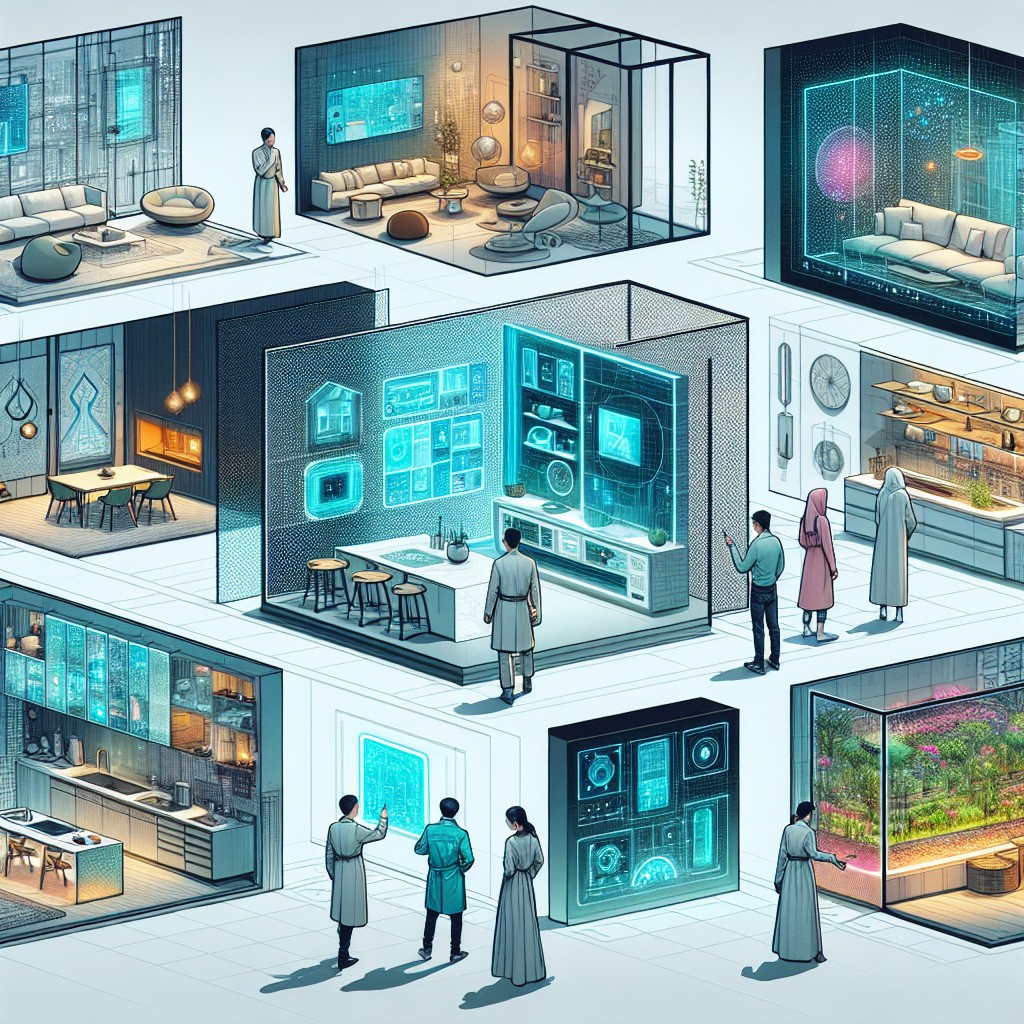
As we look to the horizon of interior decorating, several exciting trends are emerging. Smart homes are increasingly integrating technology for both function and style, with voice-activated lighting and hidden charging stations becoming commonplace. Personalization takes center stage as custom furniture options become more accessible, allowing for unique spaces that reflect individual styles.
Sustainability continues to gain momentum, with a focus on repurposed materials and sustainably sourced fabrics. Biophilic design, which incorporates natural elements into living spaces to promote well-being, gains traction, emphasizing indoor plants, natural light, and the use of earthy tones.
In terms of aesthetics, a push towards bold patterns and a mix of textures is predicted to add depth and interest to interiors. Lastly, multifunctional spaces become a necessity as home office setups remain integral and homes continue to serve multiple purposes for living, working, and leisure.
Ideas Elsewhere
- https://www.architecturaldigest.com/story/most-famous-interior-designers-working-today
- https://www.decorilla.com/online-decorating/famous-interior-designers/
- https://www.essentialhome.eu/blog/the-20-most-famous-interior-designers-in-the-industry-right-now/
- https://www.elledecor.com/design-decorate/interior-designers/g3076/a-list-interior-designers/
- https://foyr.com/learn/top-celebrity-interior-designers/
- https://www.mydomaine.com/famous-interior-designers-5212014
- https://www.homesandgardens.com/interior-design/americas-best-interior-designers
- https://interiordesign.net/research/top-100-giants-2022/
- https://www.architecturaldigest.com/gallery/the-25-most-influential-interior-designers
Recap
